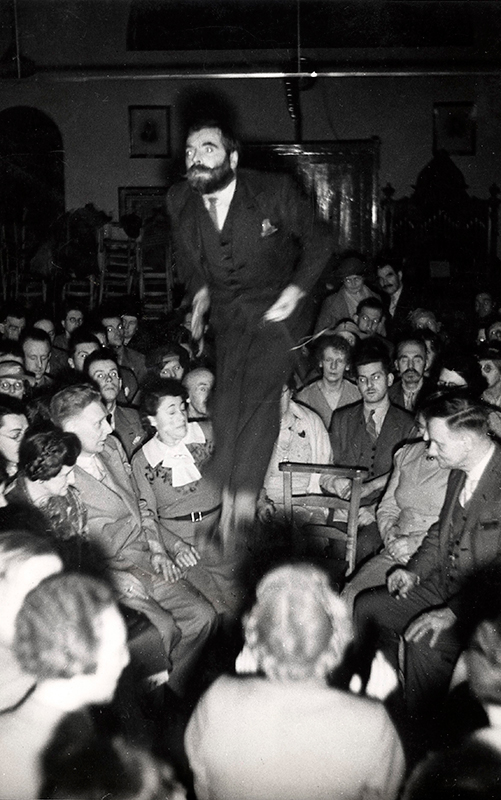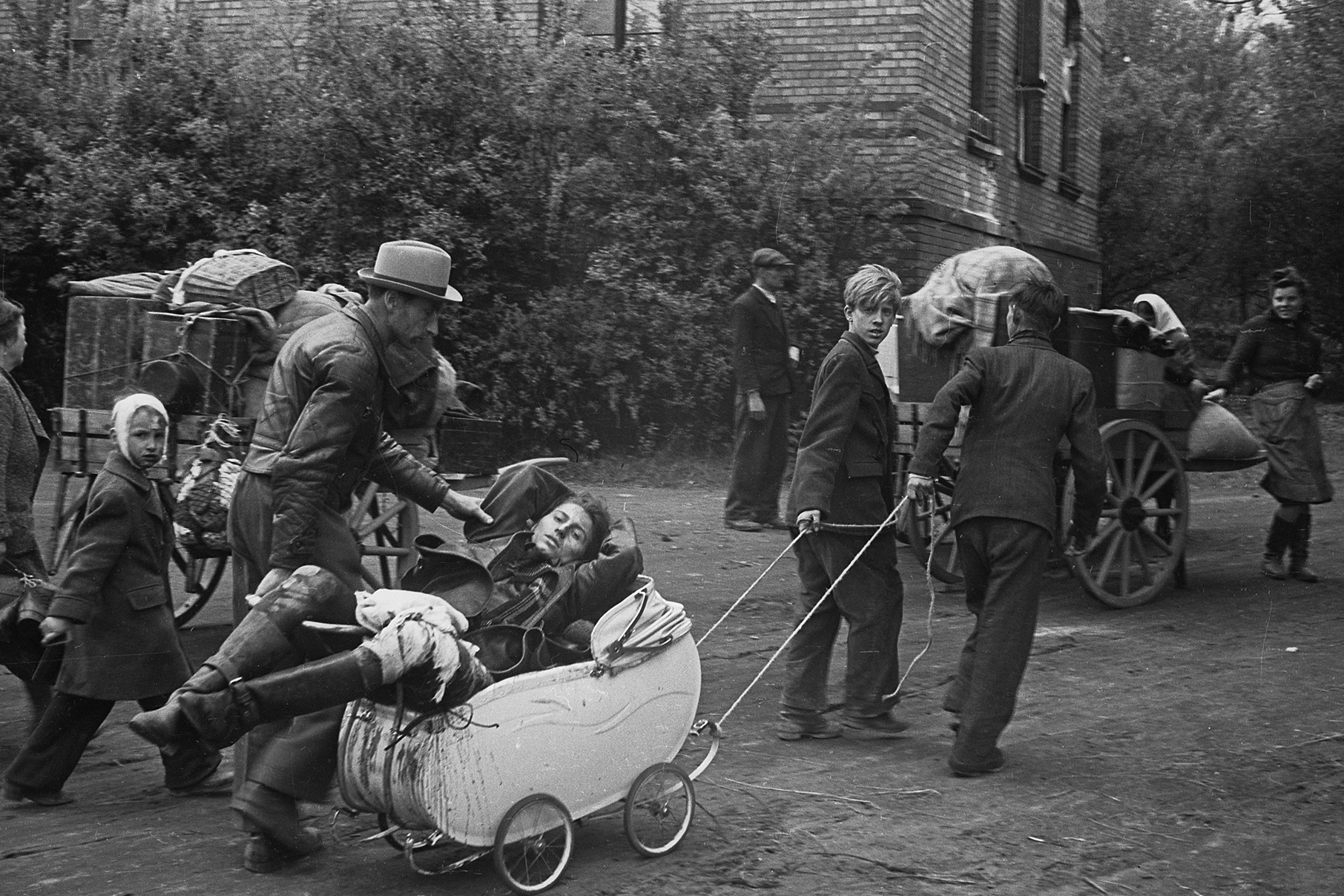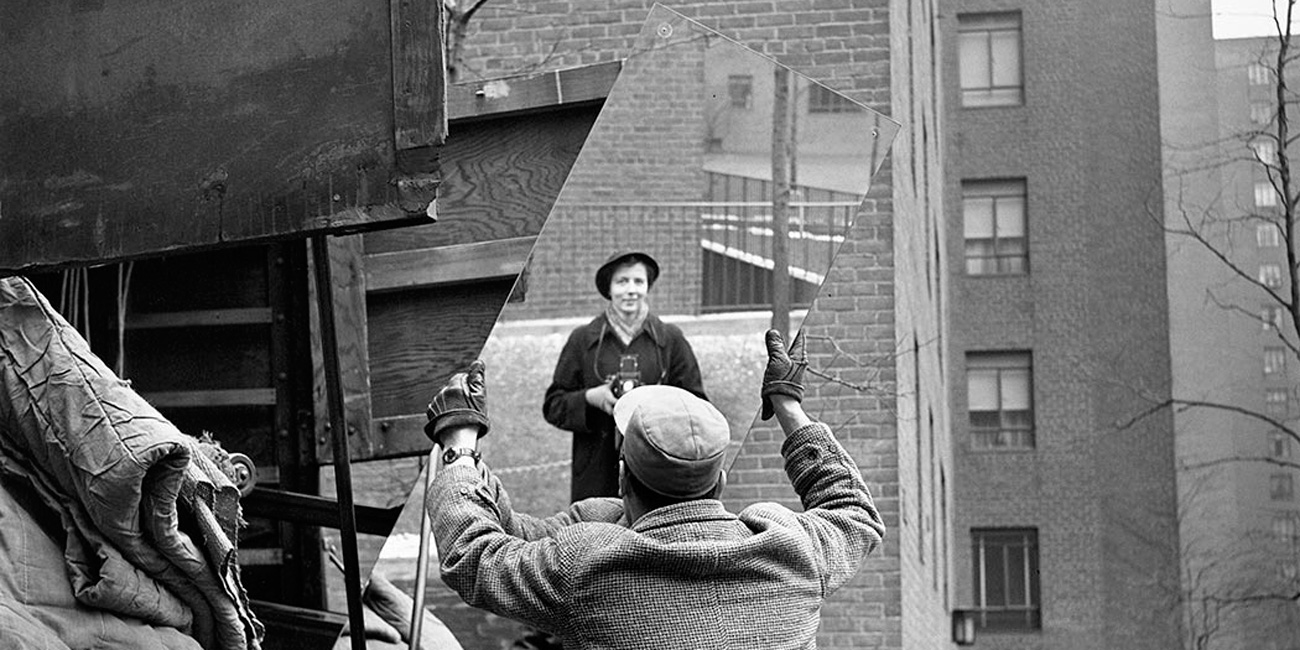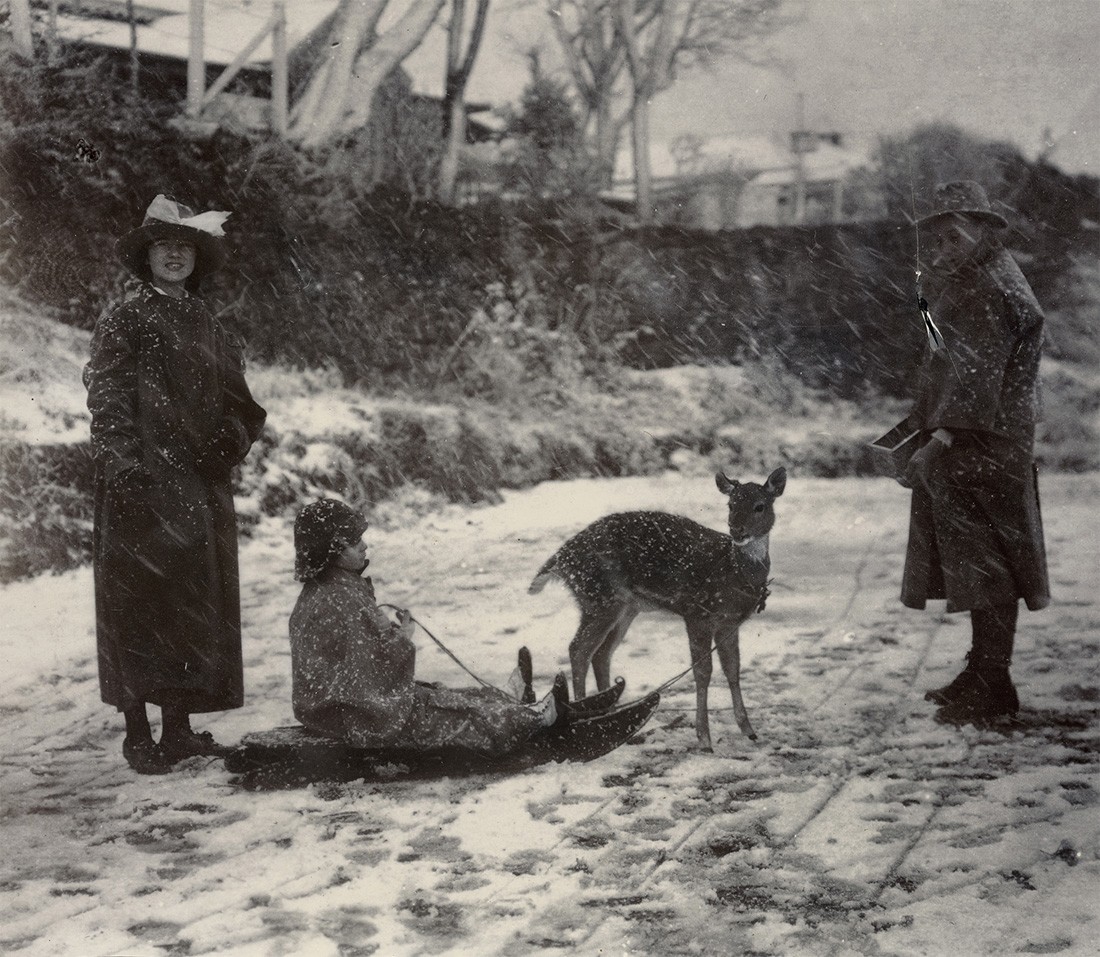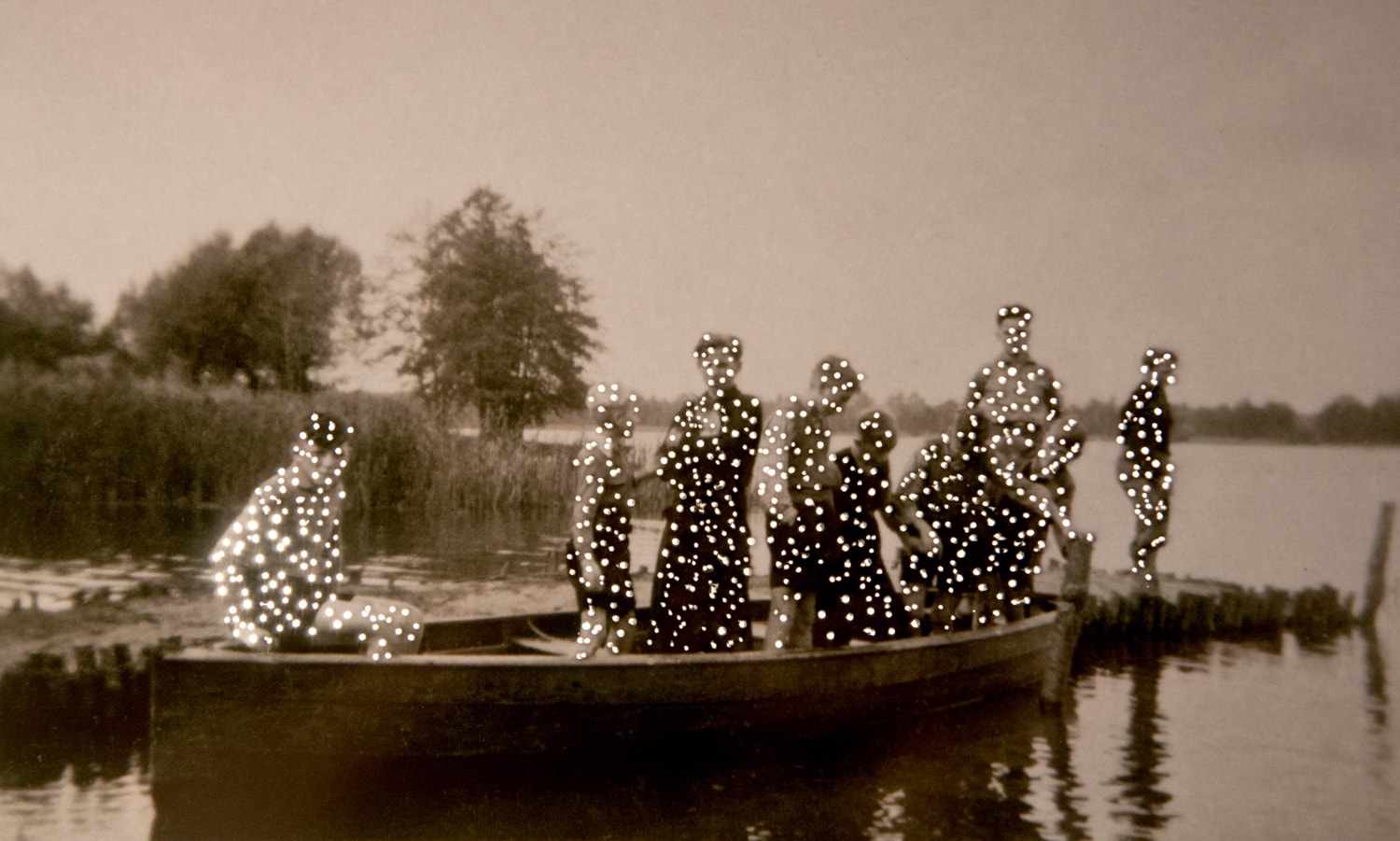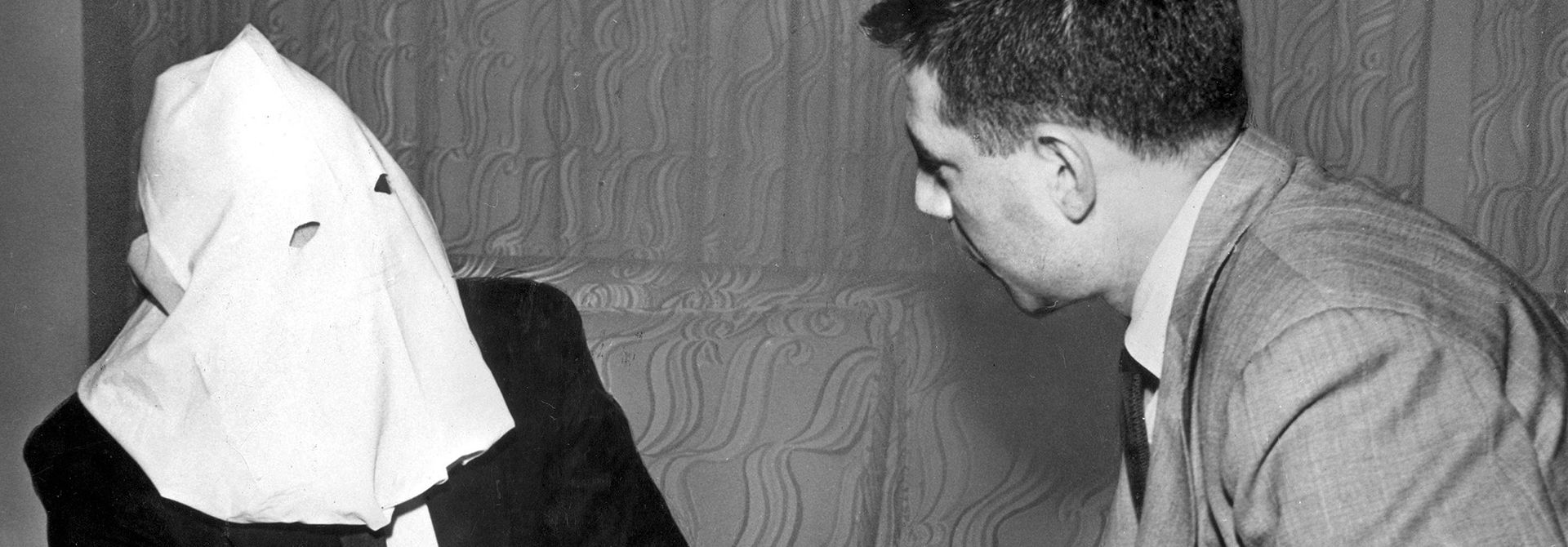
Life Is Strange: Unique Photographs from a Dutch Archive
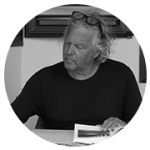
Photographer and visual artist, curator, teacher of photography, and columnist from Amsterdam.
— In 2006, I started working in Haarlem (an old city near Amsterdam) for The Spaarnestad Archive. It is a big archive of nearly 14 million old analogue photos from all over the world. I was asked to work for the digital database of the archive, so I photographed thousands and thousands of small, sometimes very old, analogue photographs with special equipment, gave them numbers, worked on them with Photoshop to make them as clear as possible, and sometimes digitally restored them when they were damaged.
After a few weeks at my new job it was absolutely clear to me that I was sitting on top of a goldmine. I couldn’t believe my eyes every time I opened one of the hundreds of grey filing cabinets. I discovered so many photographs with great image quality that were hidden in the dark for years and years, invisible to the outside world. I asked the director, Peter van den Doel, if it was alright if I would spend more time in the archive room just looking for old photographs that were too special to ignore. He gave me at once all the freedom that I needed for my own personal search. How lucky was it for someone who loves images the way I do. As long as I remember, I was looking with great pleasure and curiosity through every book and magazine I could lay my hands on.
So, from that moment, I did my normal daily work for the archive, but besides that I started to collect on the same computer my, sometimes strange, treasures. And I started to write about it: on Facebook, on PhotoQ, a photographic website in Holland, and for magazines. And I still do, I write two times a week about an old photograph on Facebook, plus a column for the professional magazine SHUTTER.photo.
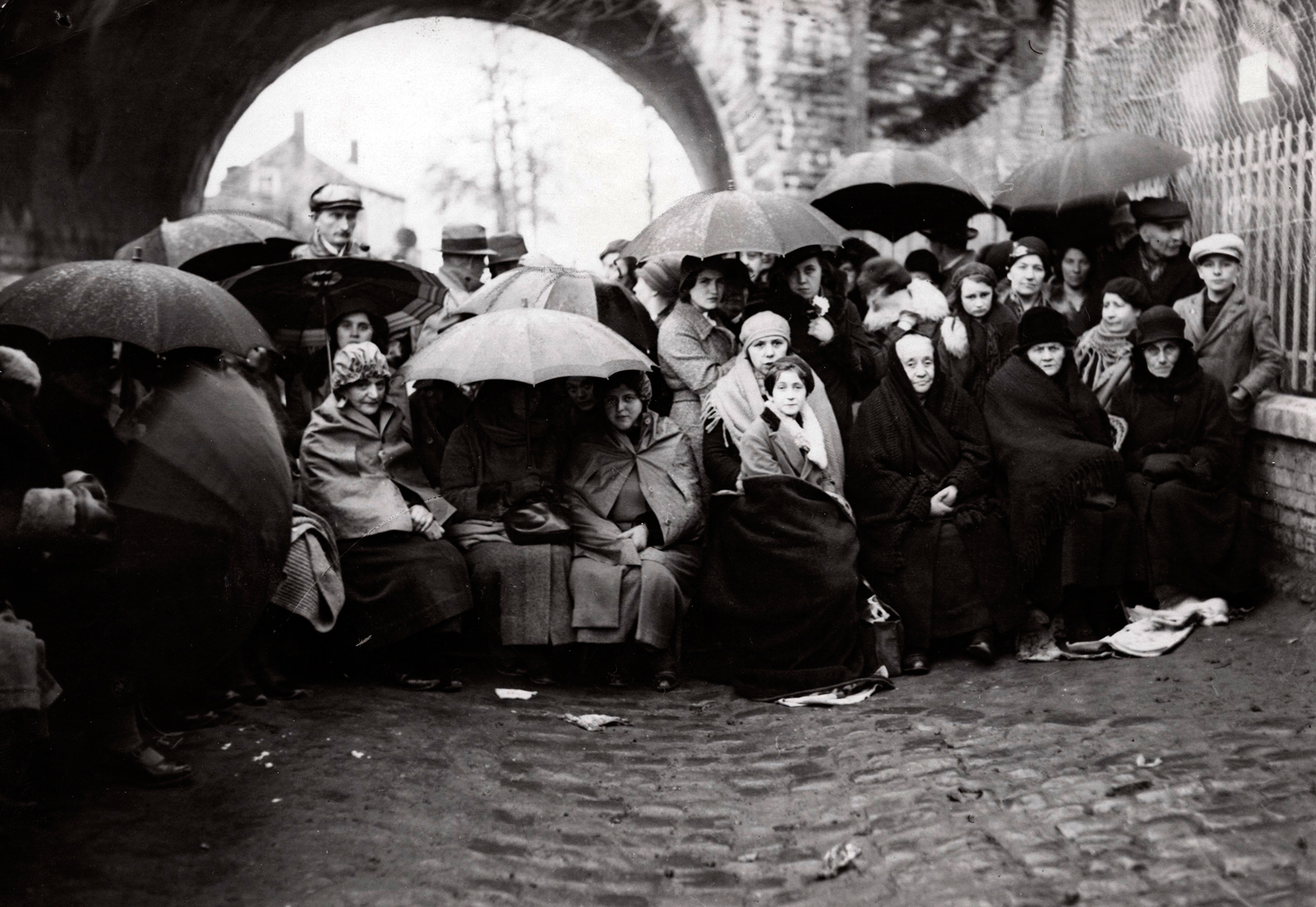
Photographer unknown. Residents of Beauraing wait by the viaduct near the Sisters of Christian Teaching convent school for an apparition of the Virgin Mary, which several village children claimed to have seen at the cave near their playground the day before. Belgium, 1933
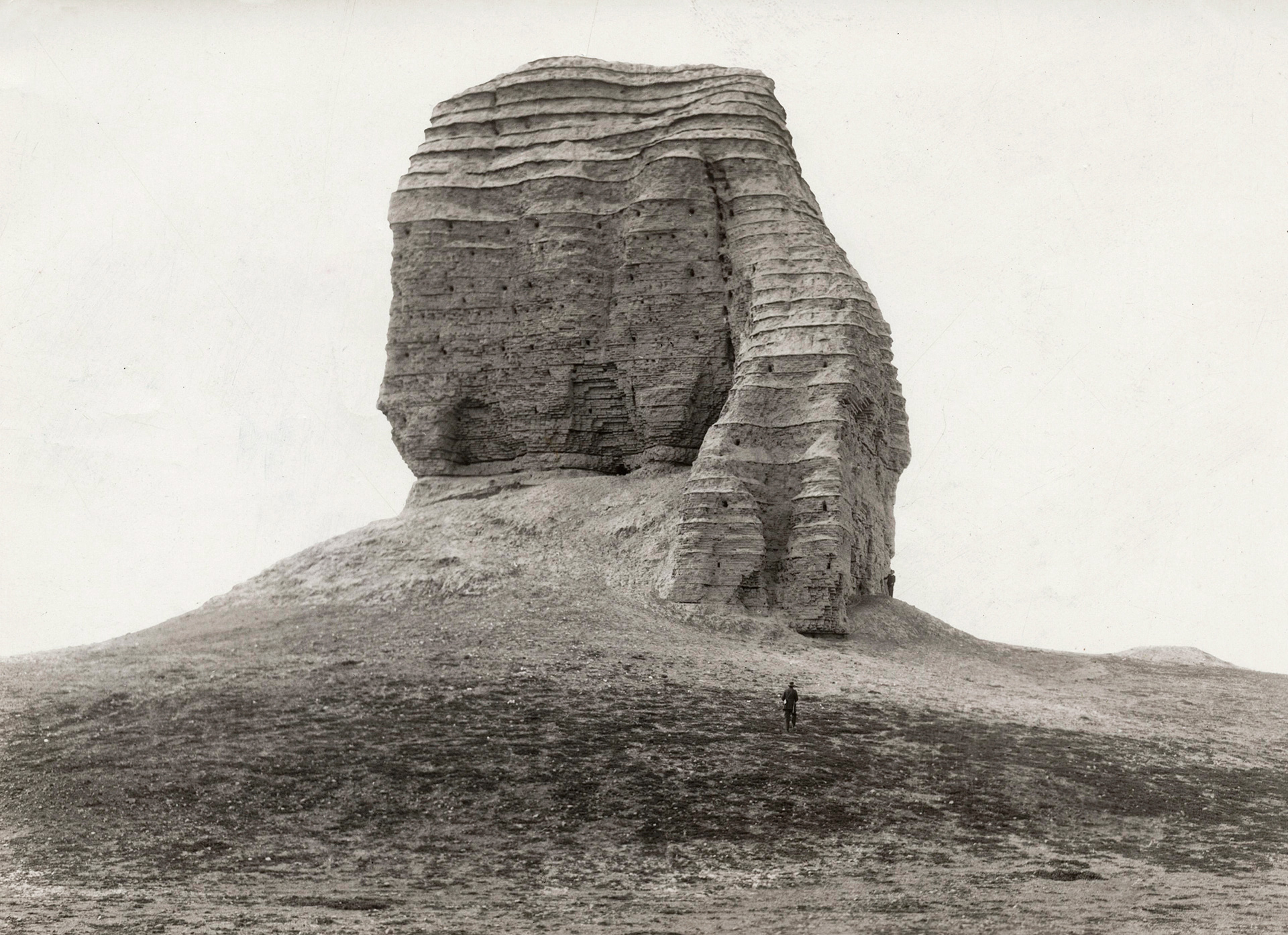
Photographer unknown. Iraq, 1927
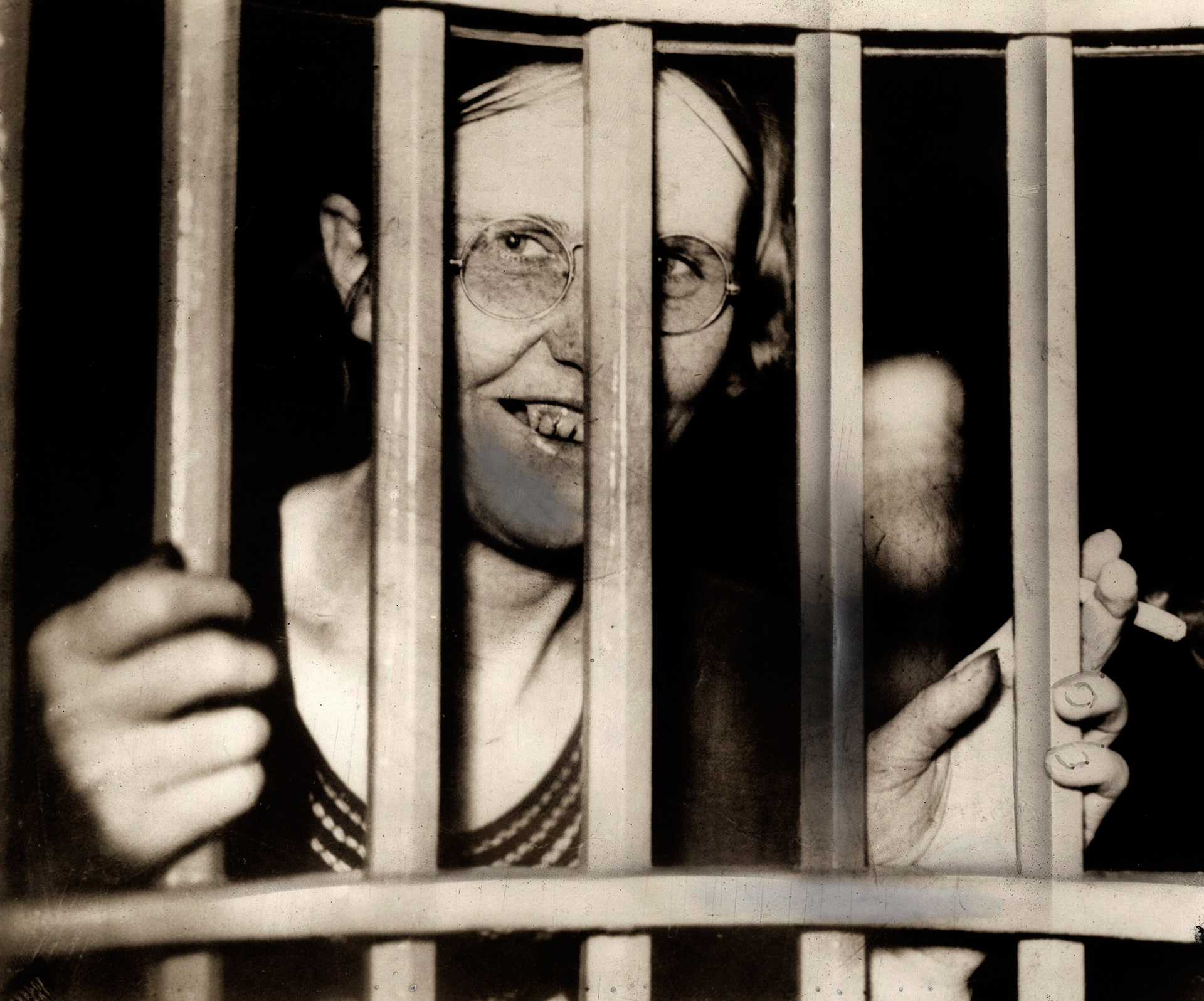
Photographer unknown. Evelyn Smith behind bars in the Dwight Correctional Center, Nevada Township. In August 1935, Evelyn Smith and Blanche Dunkel were convicted for the murder of Dunkel’s son-in-law Ervin Lang. Dunkel, who had already divorced four husbands, had taken a fancy to Ervin. When he spurned her advances after her daughter died, she hired an ex-striptease dancer Evelyn Smith to kill him. Smith strangled Lang and sawed the body up. His torso was found, several days later, in a swamp. Illinois, USA, 1935
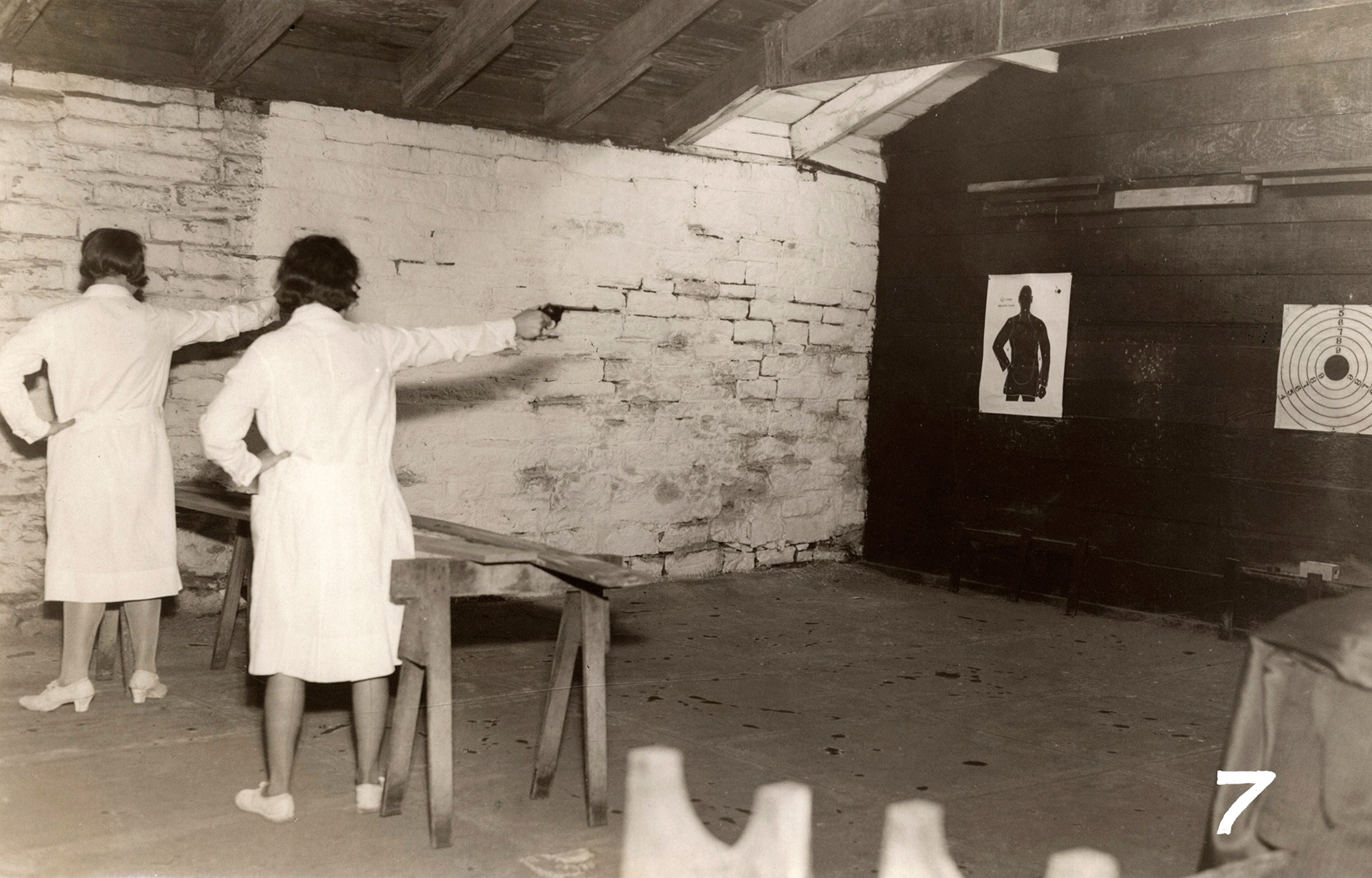
Photographer unknown. Female detainees take shooting lessons in the prison on Welfare Island (now Roosevelt Island) in New York’s East River, 1932
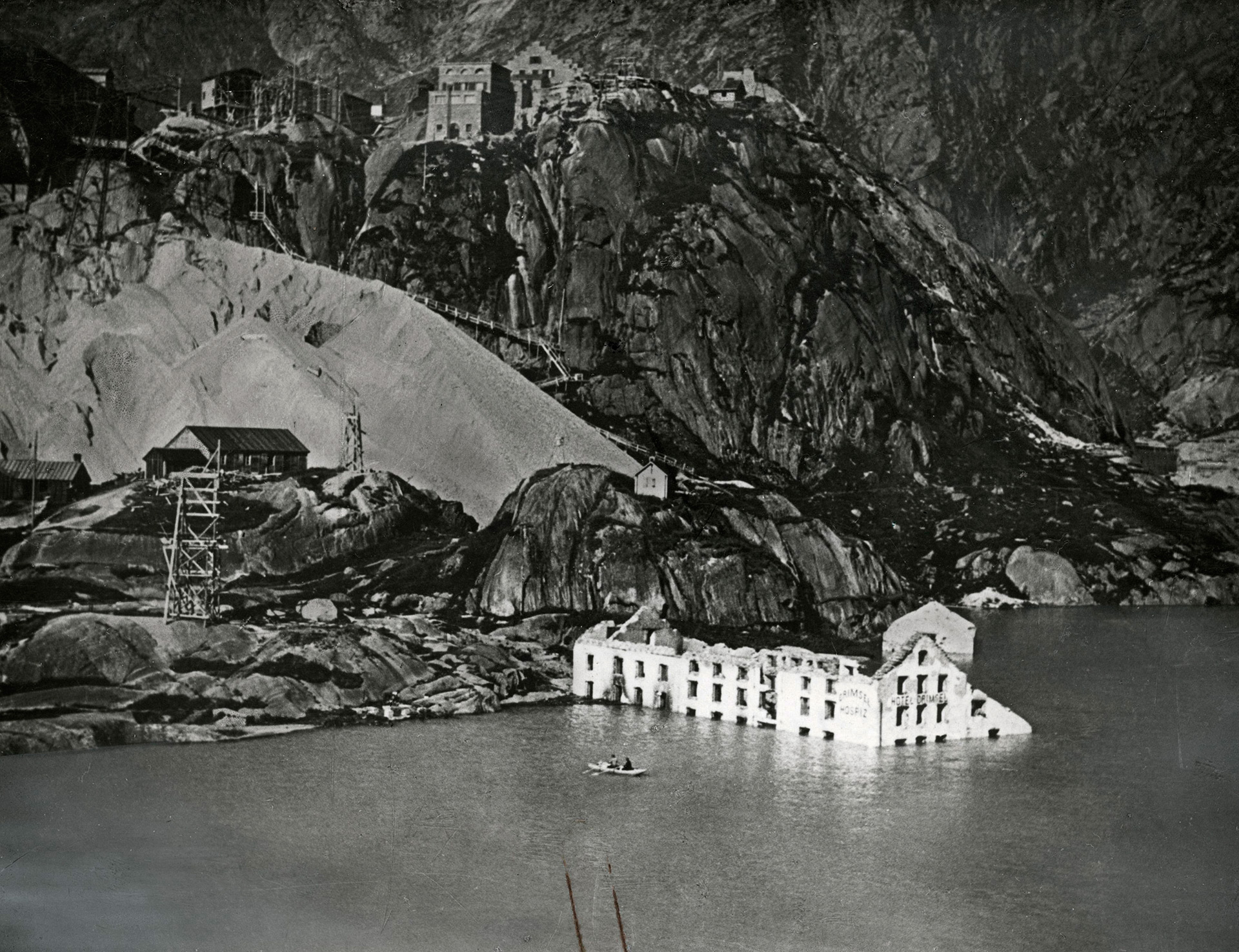
Photographer unknown. Hotel Grimsel in the Grimsel Pass, during construction of the dam that would create today’s Grimsel Lake. The hotel was rebuilt higher up the mountain. Switzerland, 1932/33
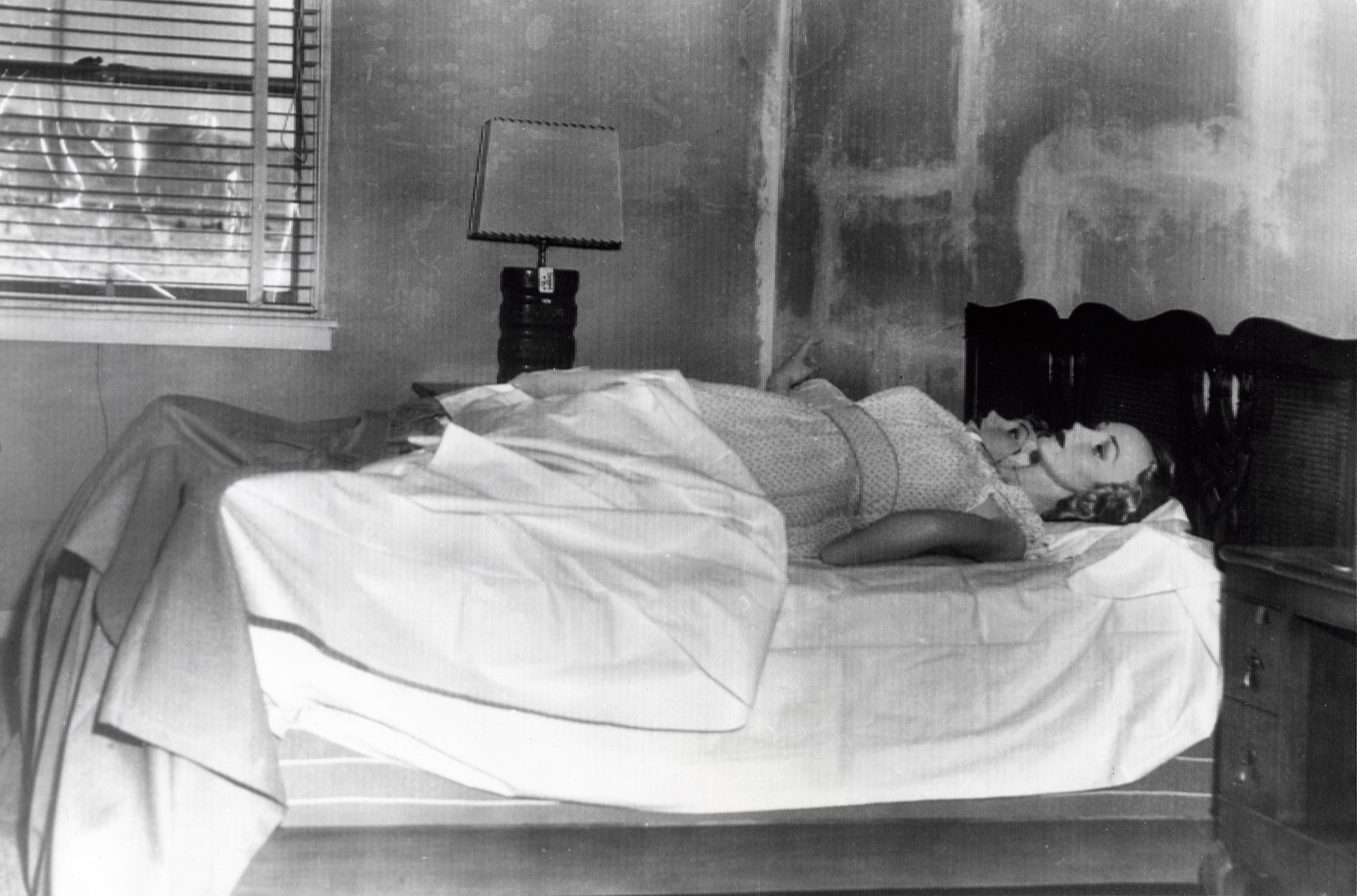
Photographer unknown. A bed and shop-window dummy in a house at a nuclear test site used by the American army. Nevada, USA, 1954
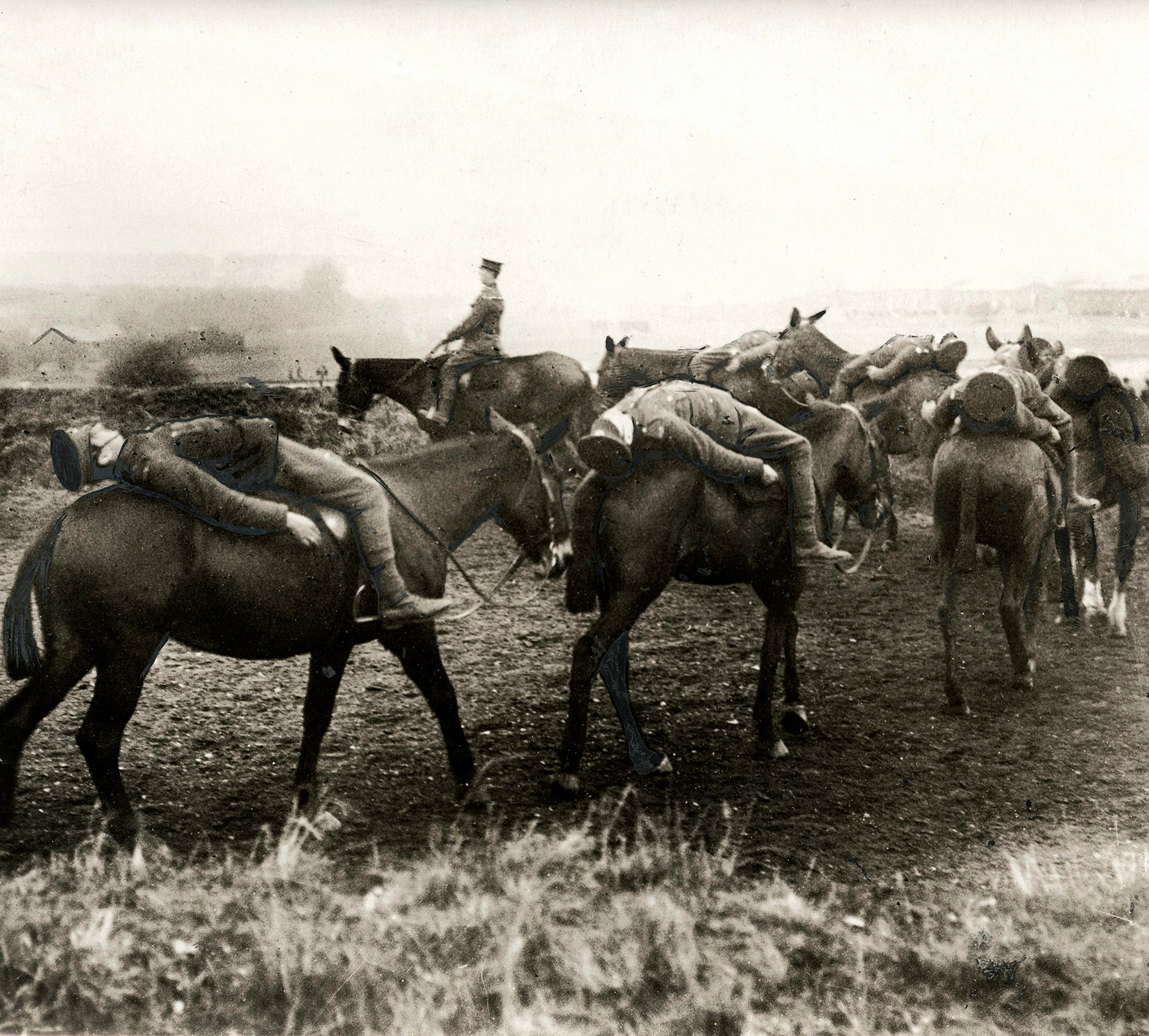
Photographer unknown. Soldiers of the Royal Field Artillery (RFA) ride pack horses. The animals have become so docile that the soldiers can do circus tricks with them. Salisbury, UK, 1915
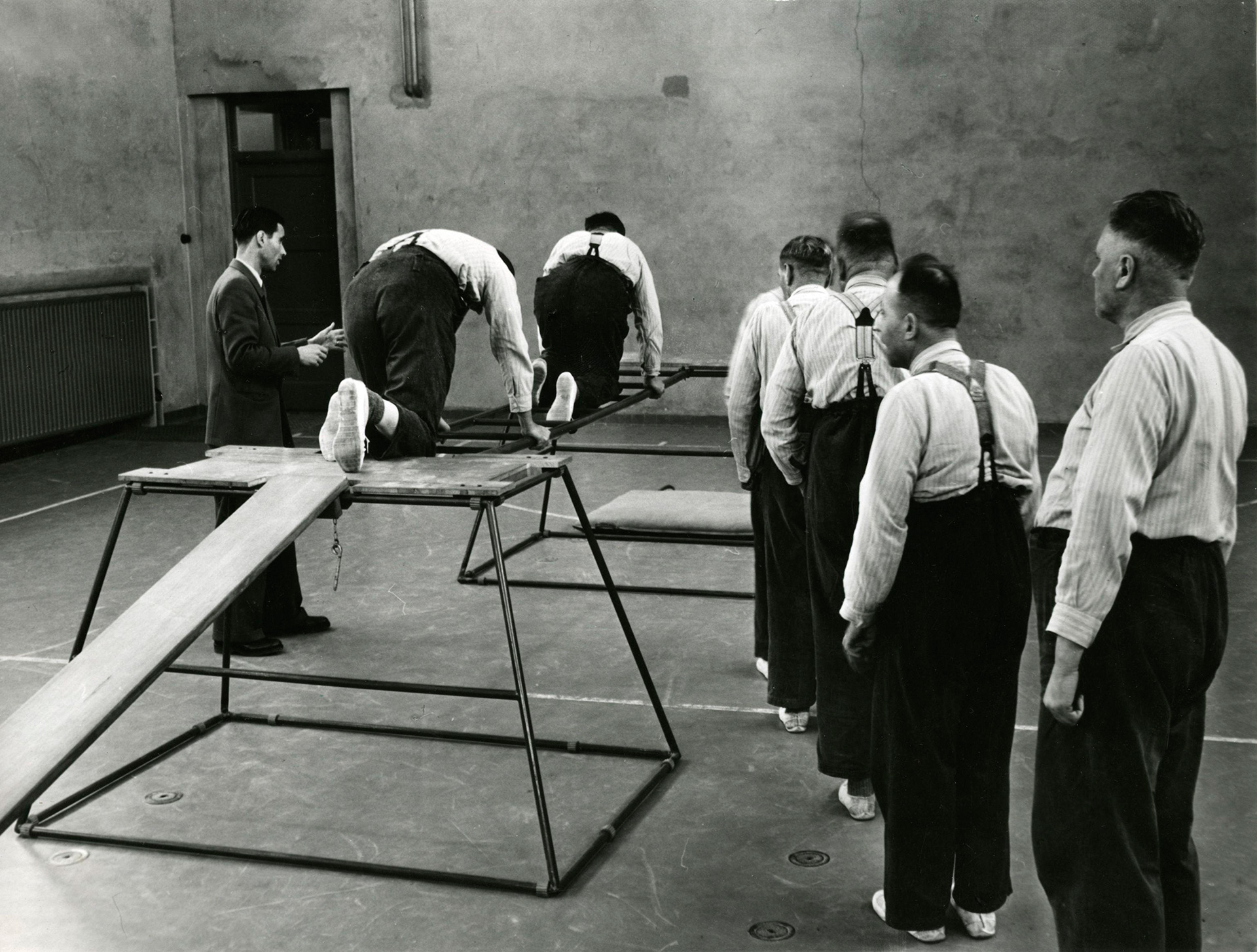
Henk Blansjaar (1910-1981). Gymnastics at the Sint-Willibrordus Foundation, a Roman Catholic institution for the nursing care of psychiatric patients. Heiloo, the Netherlands, 14 February, 1956
In early spring 2015 I was asked by the famous Photographic Museum Huis Marseille to come by and present my project to them. They heard enough about it to be curious. So I went there with “my” several hundred treasures on my laptop and within half an hour there was a handshake: “Yes, this great, let’s go for it.” A beautiful day.
The archive keeps a sharp eye on the copyright issue. Every picture has its own story, its own background. But the rights for most of the pictures lies with the Archive itself.
A few years ago I was already sure of one important decision concerning an exhibition in the future: I would not use any kind of special chapters. So, no categories. No time periods. No political formats. No ‘famous’ photos. Because, in my personal opinion, this is exactly what’s wrong with almost every archive exhibition. My intention was — and still is — to free old photographs from any clusters that keep them stuck in definitions, I want them to breath freely so they can show their own strength, their only special value.
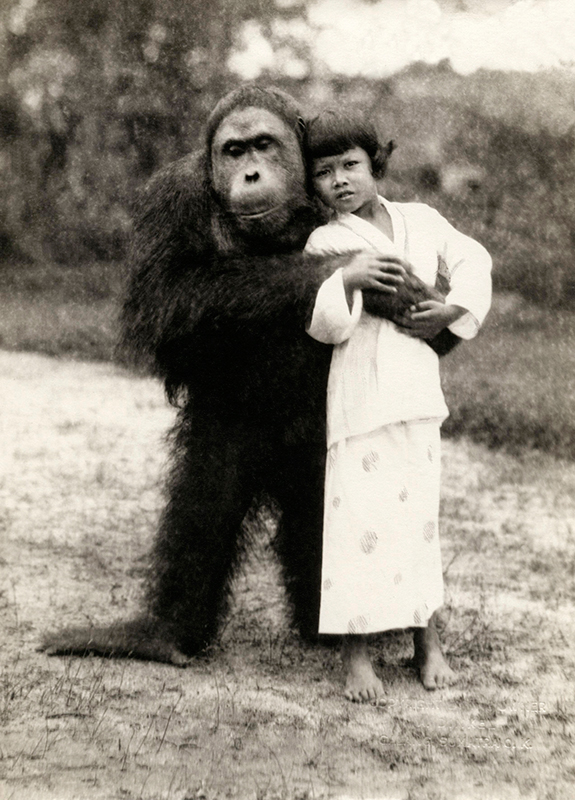
G.A. Dinkel. A girl and an orangutan. Sumatra, the Dutch East Indies (Indonesia), early 20th century.
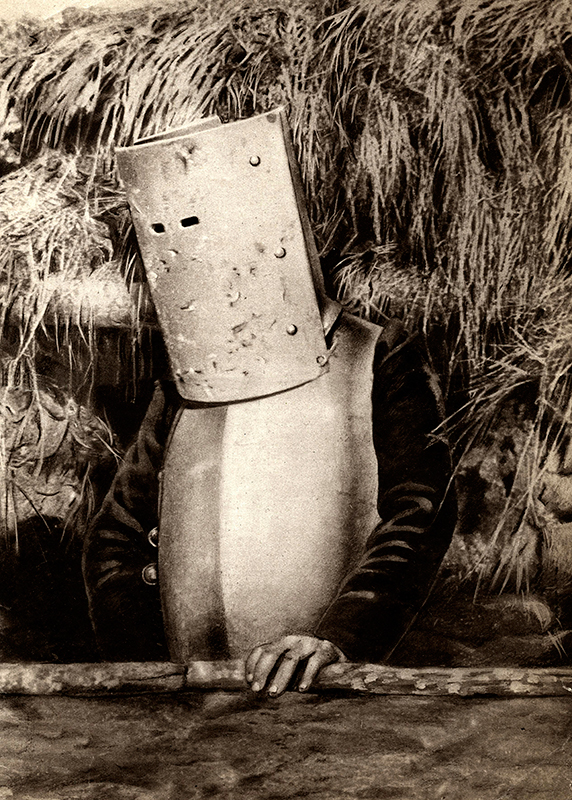
Photographer unknown. A French soldier in the trenches of First World War, wearing a homemade suit of armor to protect himself against flying bullets. Location unknown, 1915
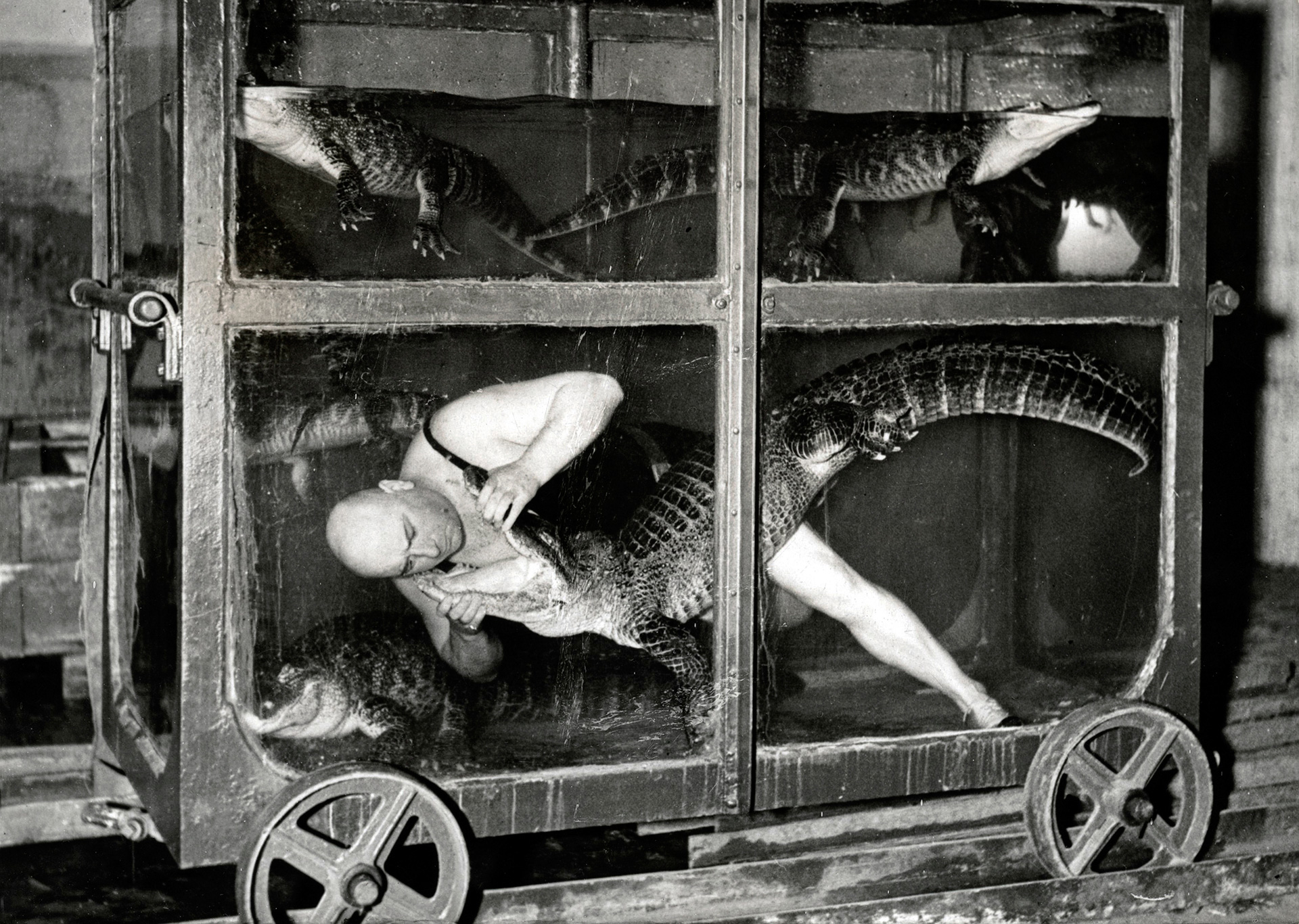
Photographer unknown. An artist from Circus Busch wrestles with crocodiles in an old mine wagon converted into an aquarium. Berlin, 1933
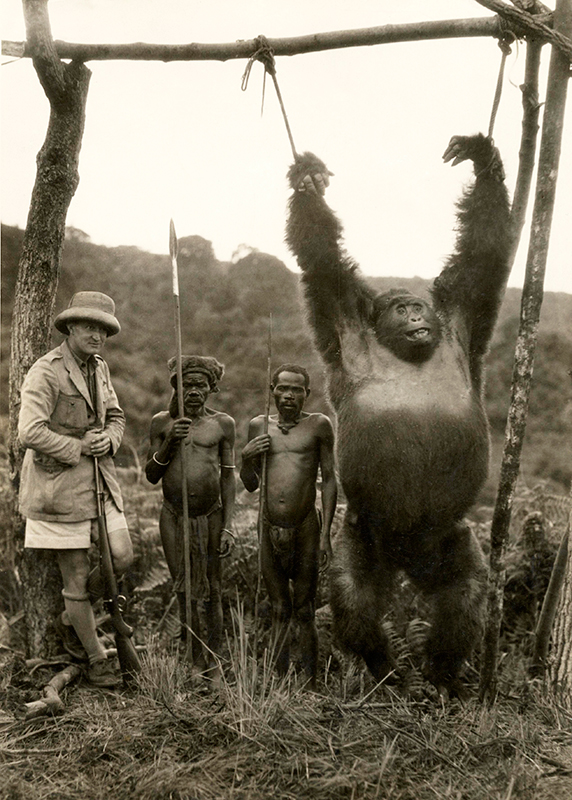
Photographer unknown (Ewing Galloway Agency). The Italian explorer Attilio Gatti with two pygmy servants and a gorilla they have captured. Belgian Congo, 1930
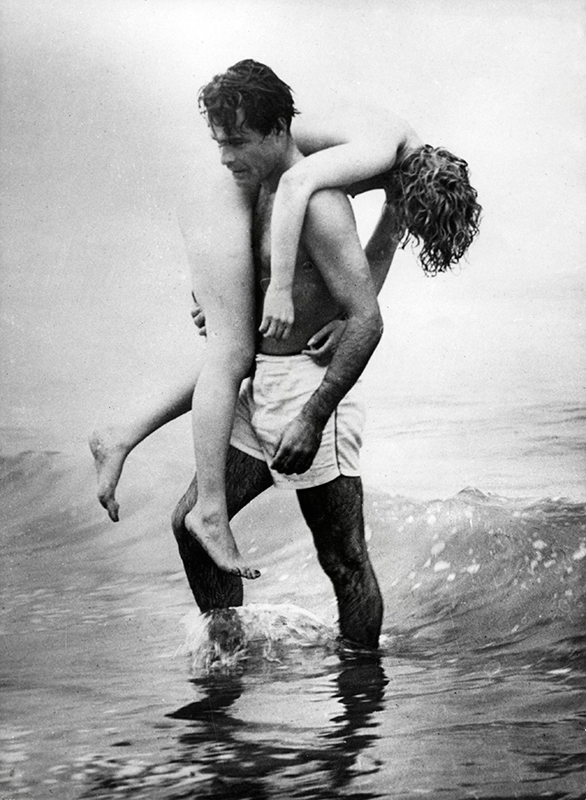
Photographer unknown. Richard Tide has rescued Gina Tarr, who was washed overboard while at sea, and carries her over his shoulder to the beach. Malibu, California, USA, date unknown
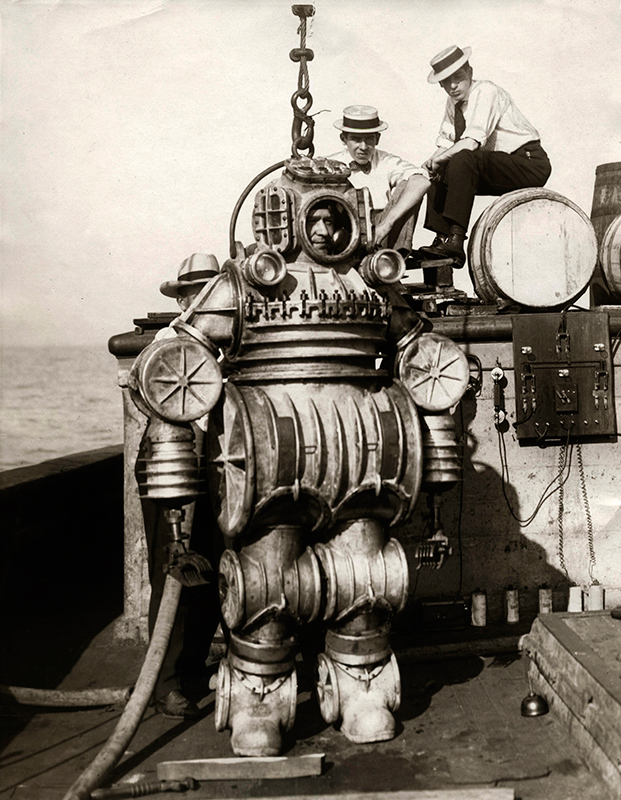
Photographer unknown. A diver in the ‘Iron Man’, an electrically-powered, all-metal deep-sea diving suit weighing hundreds of kilos and able to withstand tremendous pressure. Long Island Sound, New York, 1907
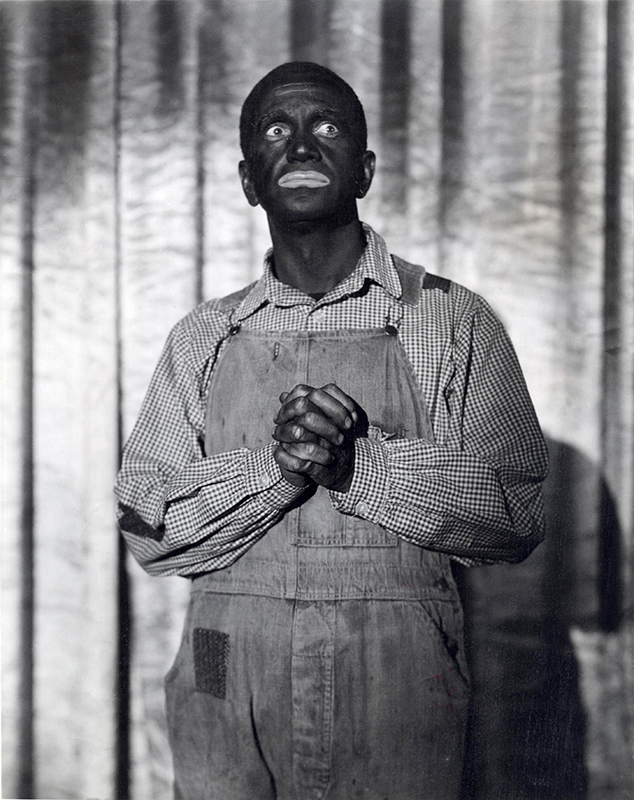
Photographer unknown. A portrait of the American singer Al Jolson, the stage name of Asa Yoelson, in the film Wonder Bar, USA, 1934
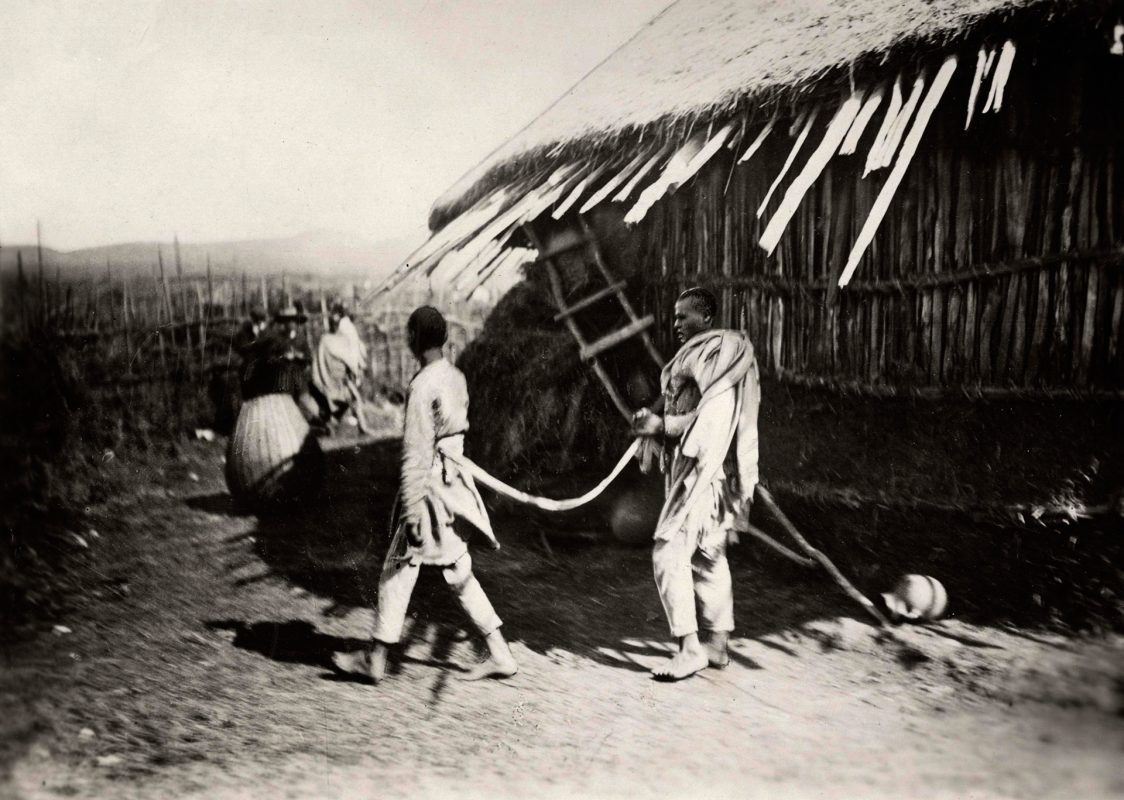
A ‘thief-catcher’ in Abyssinia (now Ethiopia) leads the victim of a robbery to the thief. The thief-catcher, a young priest, first drinks an intoxicating ‘magic potion’. Blindfolded, he then leads his client, who is linked to him by a cord, to the person he believes is the thief. Ethiopia, 1929
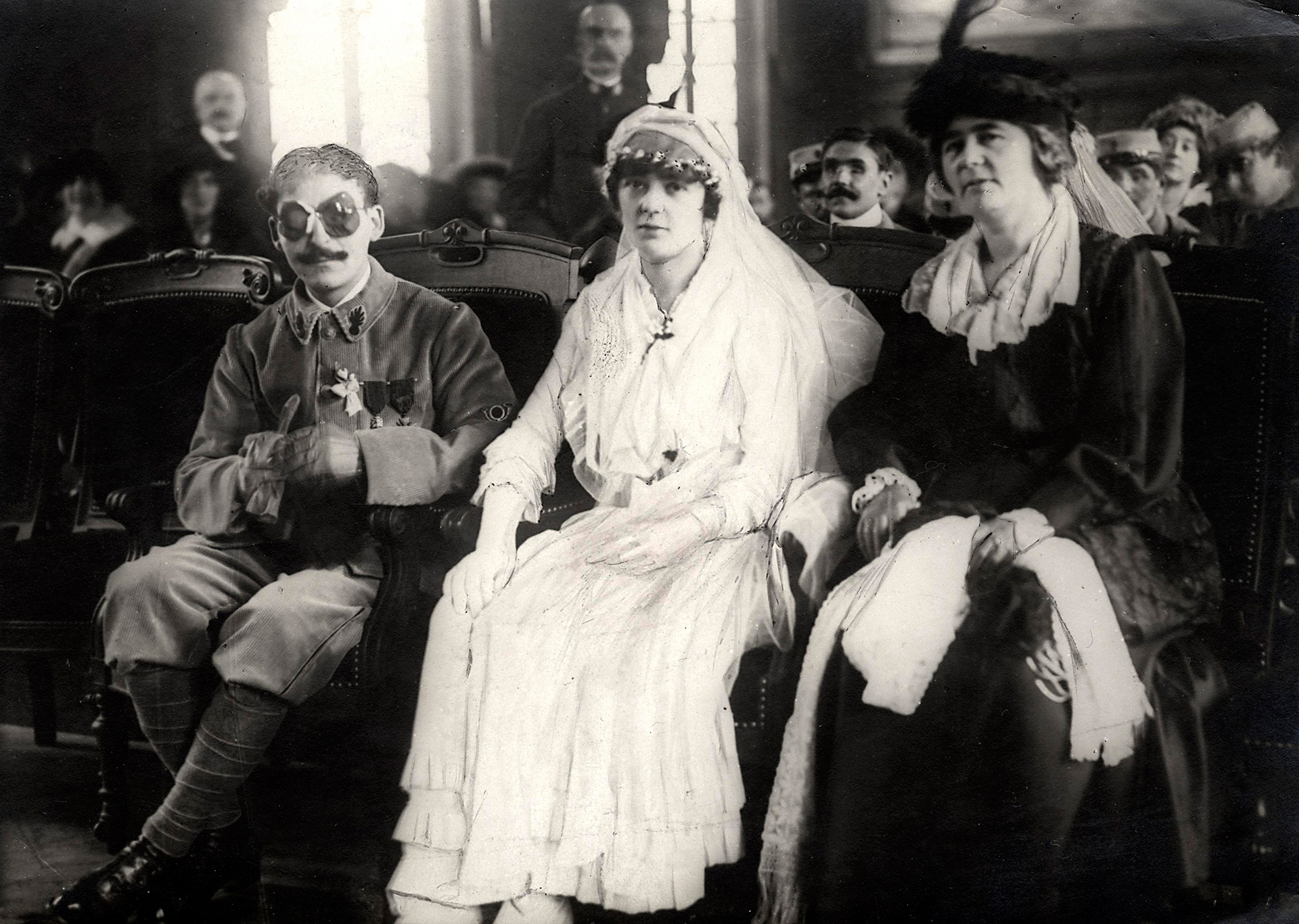
Photographer unknown
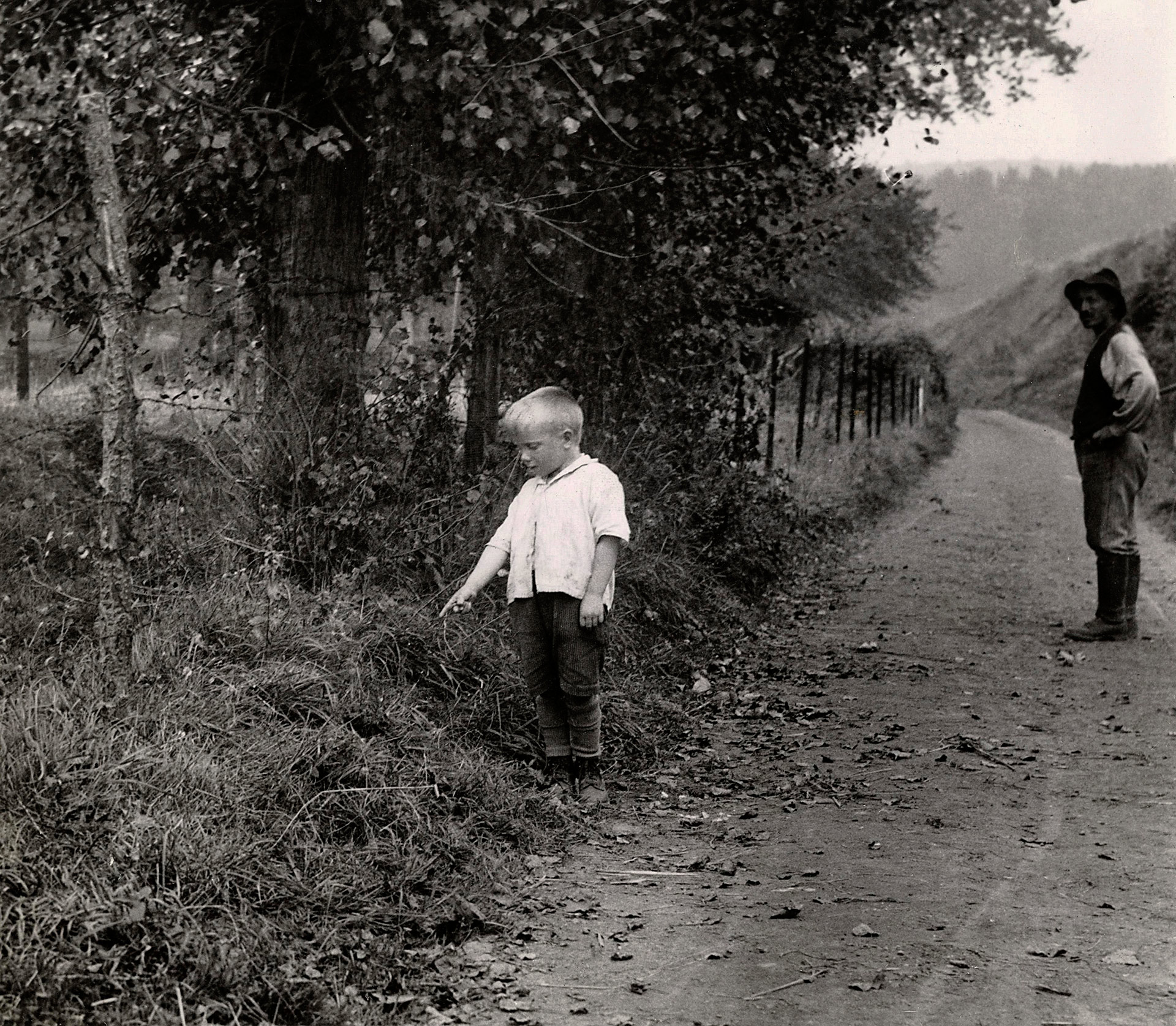
Photographer unknown
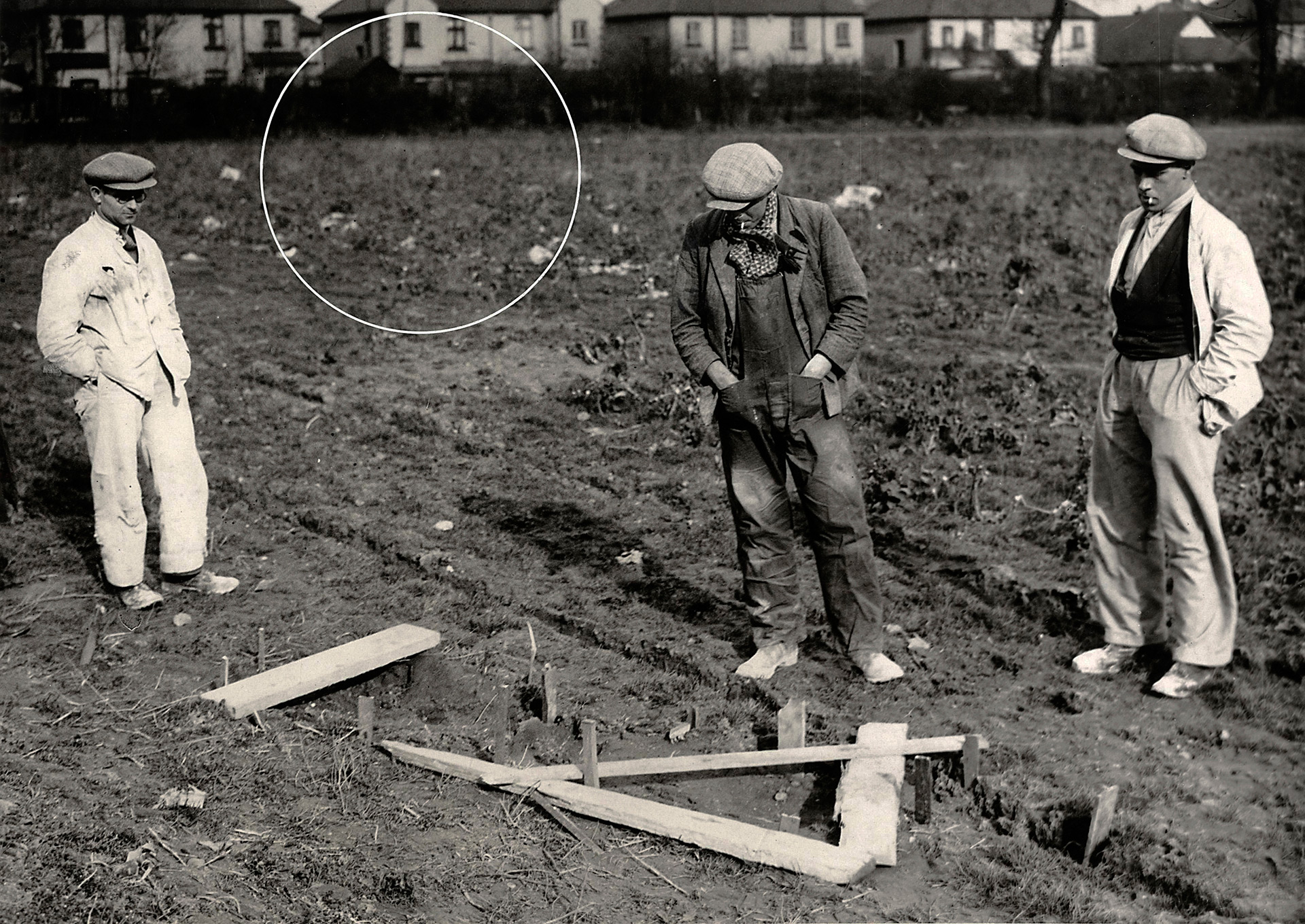
Photographer unknown
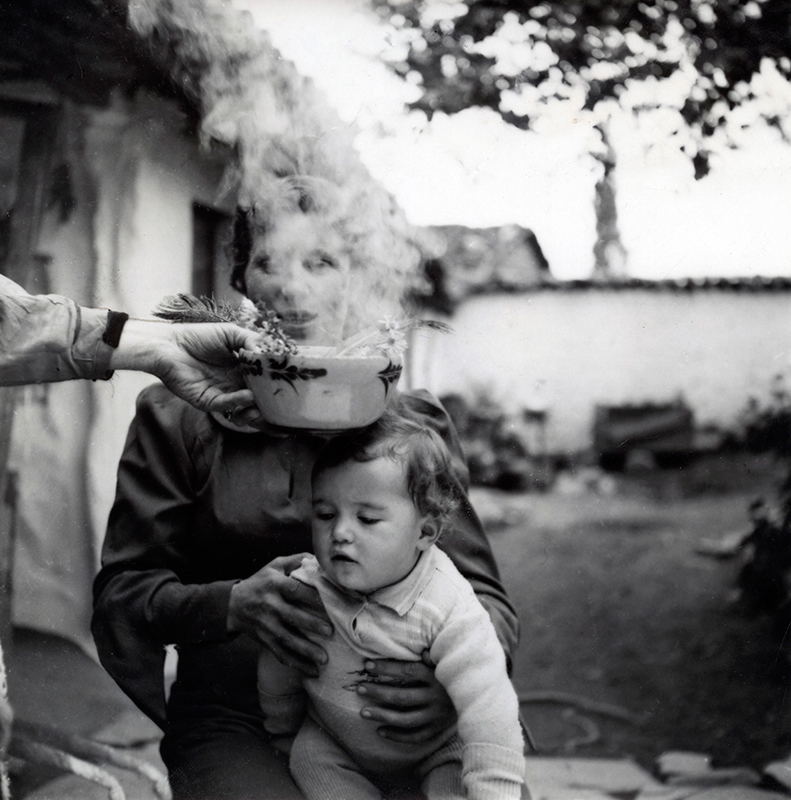
Photographer unknown
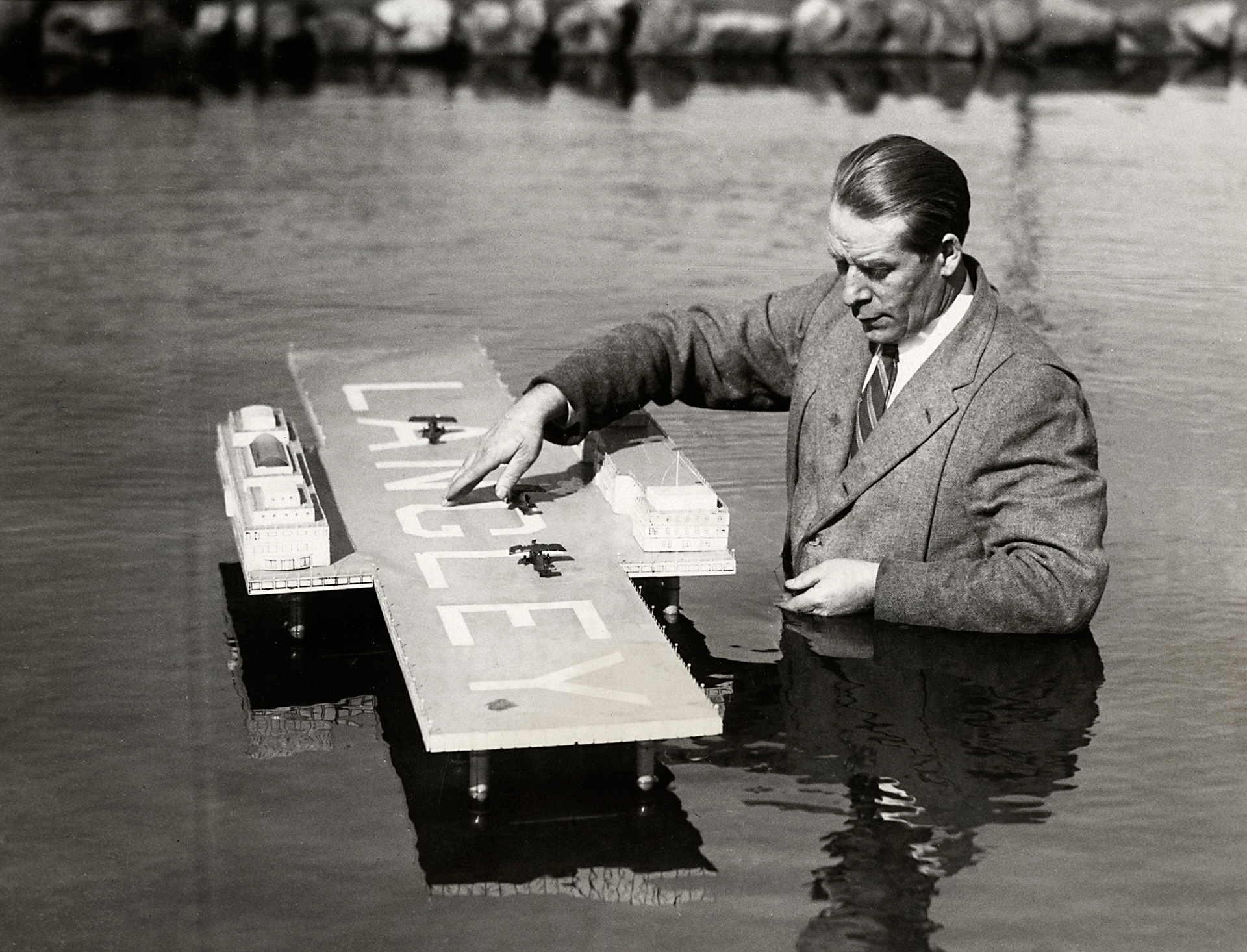
Photographer unknown
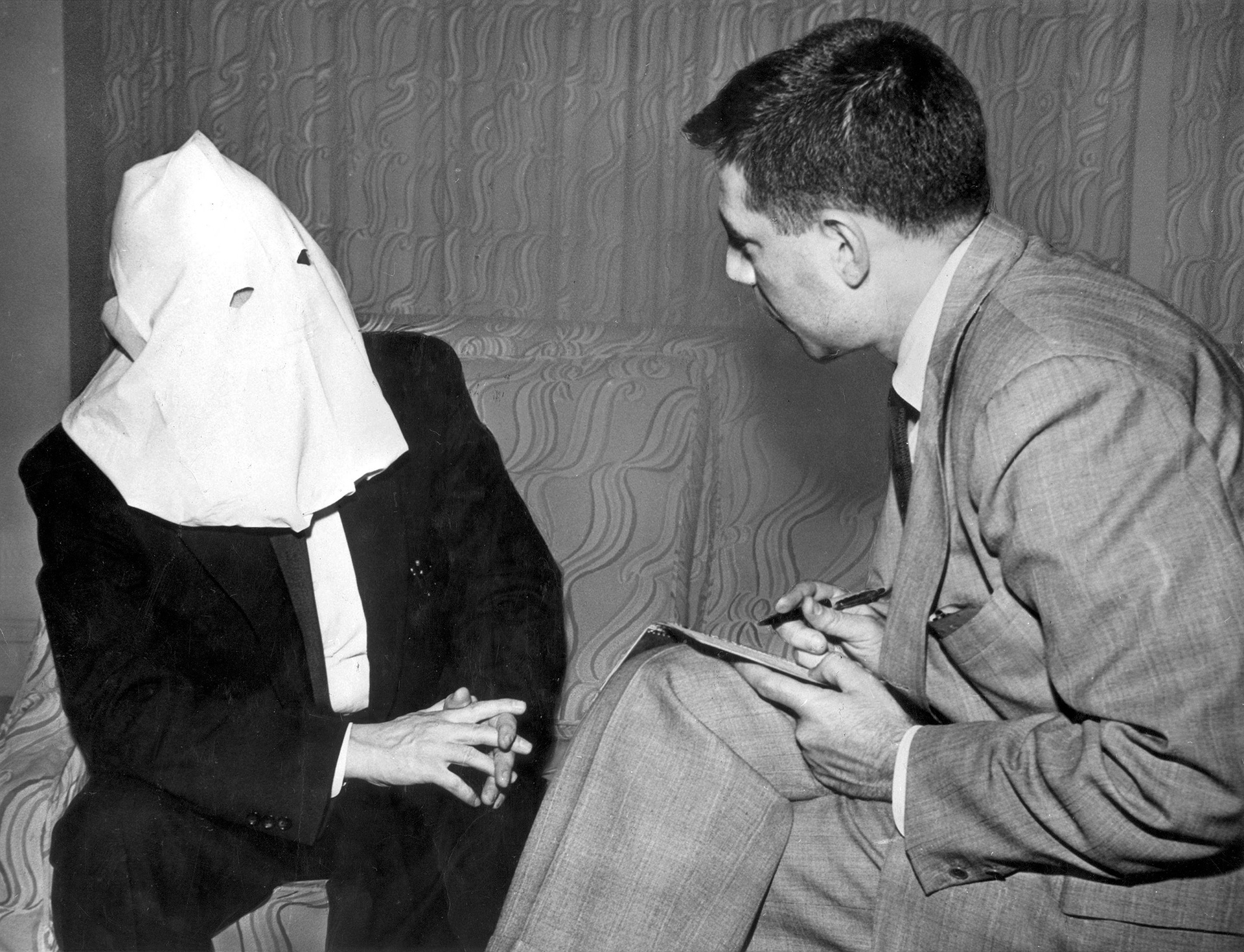
Photographer unknown (Associated Press). The Russian diplomat Igor Gouzenko, his face hidden under a cloth, in an interview with Saul Pett, a journalist with the Associated Press. In 1945, Gouzenko, an expert codebreaker, fled from the embassy of the Soviet Union in Ottawa and defected to the West. Under his shirt he had hidden innumerable secret documents, including information on a spy network in Canada. Gouzenko was given a new identity. Canada, 29 April, 1954
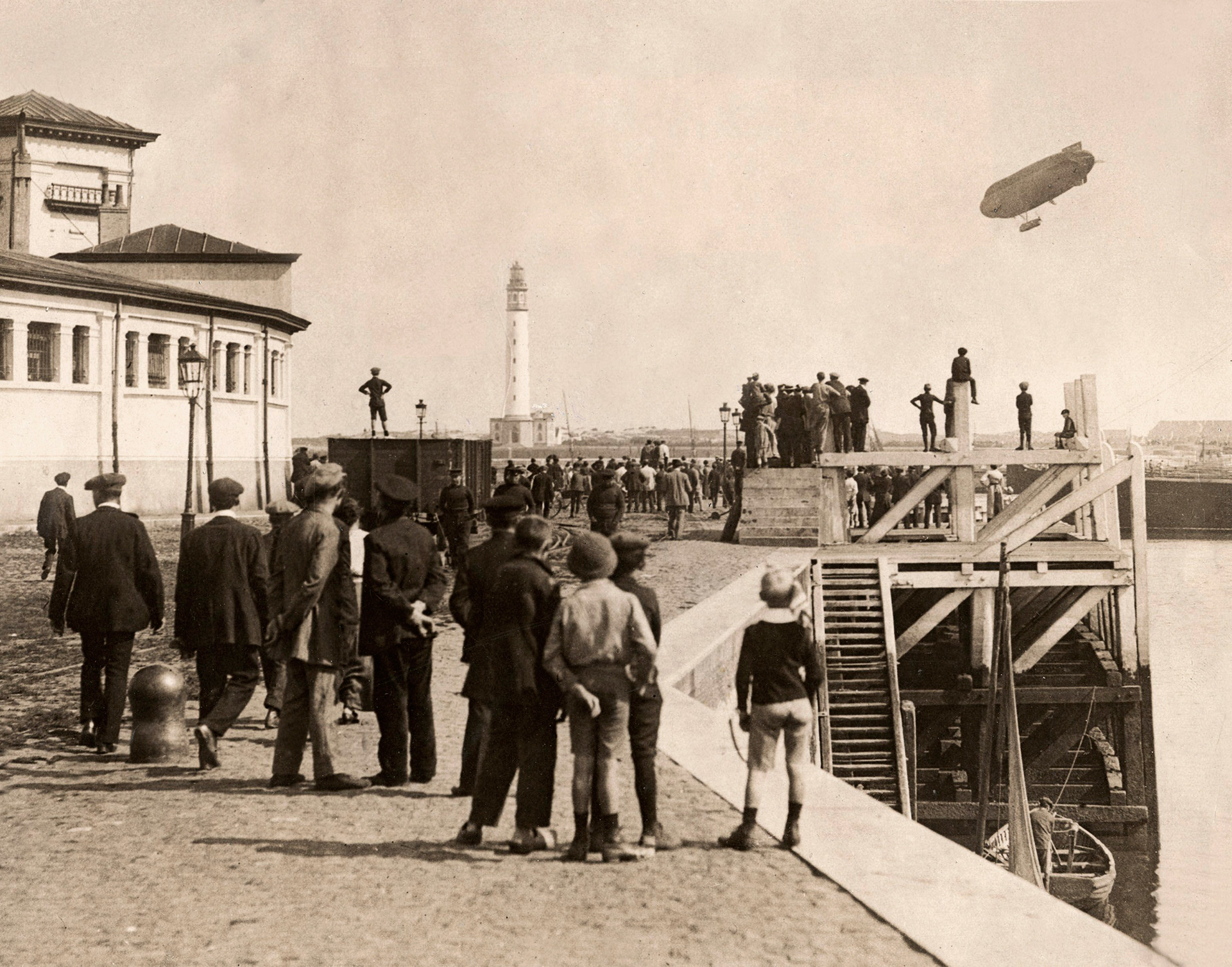
Photographer unknown. During the First World War a British Astra-Torres airship flies over Ostend harbour on its way to France. Belgium, 1914
It is exactly what I love about life: the older you get, the more you discover that Life is an incredible and beautiful mess, a real mystery, an ocean of the most incredible stories and moments. When you are looking at photographs for days on end, and there are now nearly 14 million old photos in the archive from all over the world, you begin slowly to understand what the real meaning of the words ‘boundless’ and ‘everlasting’ is. Thank God your brain can’t compete with the strangeness of the world.
I really love turning the old pictures around and reading the old notes on the backside. It gives you an insight in a special moment in time, a strange personal story of unknown people, already gone, photographed by an also unknown photographer.
I heard from many people who bought the book, and especially from the head of the jury who selected my book for the exhibition Best Designed Books of 2015 in the Stedelijk Museum in Amsterdam, that when you start looking at my book Life Is Strange, it’s really difficult to close it and put it back on the table. For me, it is the highest compliment.
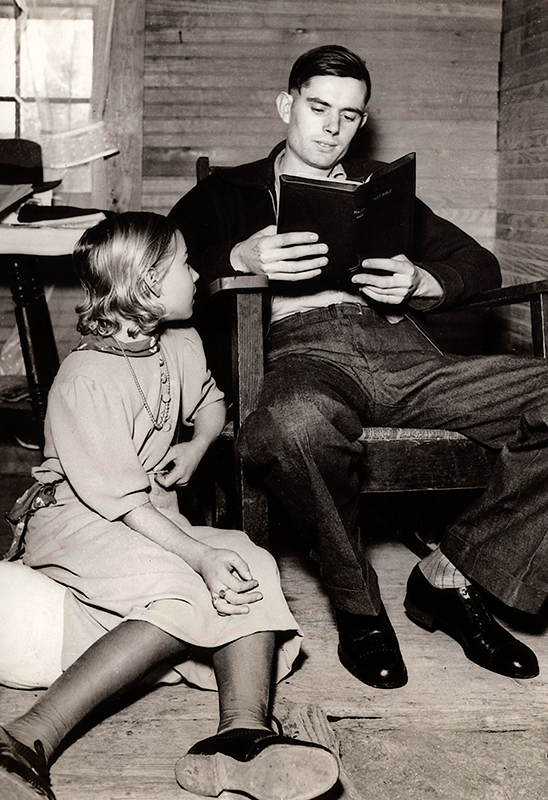
Photographer unknown. Charles Johns (22) reads aloud to his child bride, Eunice Winstead Johns (9). The marriage had been approved by the state of Tennessee but caused much controversy elsewhere in America. Sneedville, Tennessee, 1937
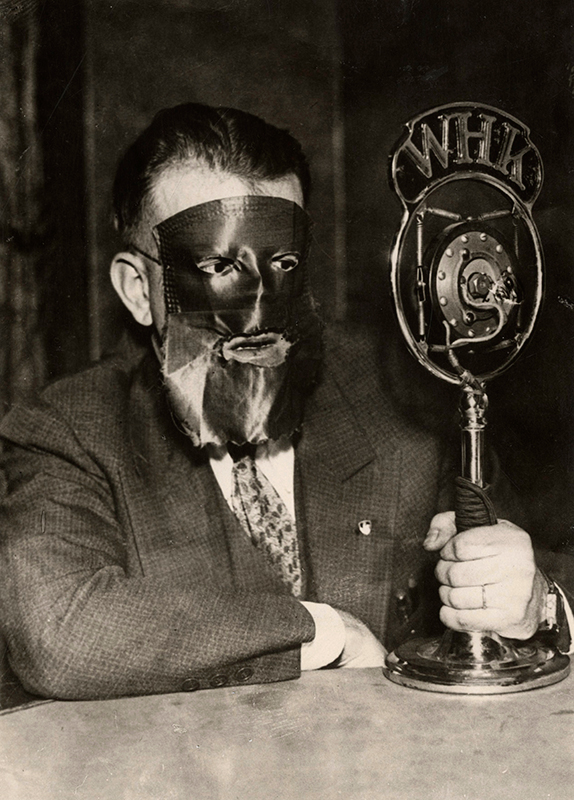
Photographer unknown. A masked lawyer gives a radio speech against a financial concern. Cleveland, Ohio, USA, 1933
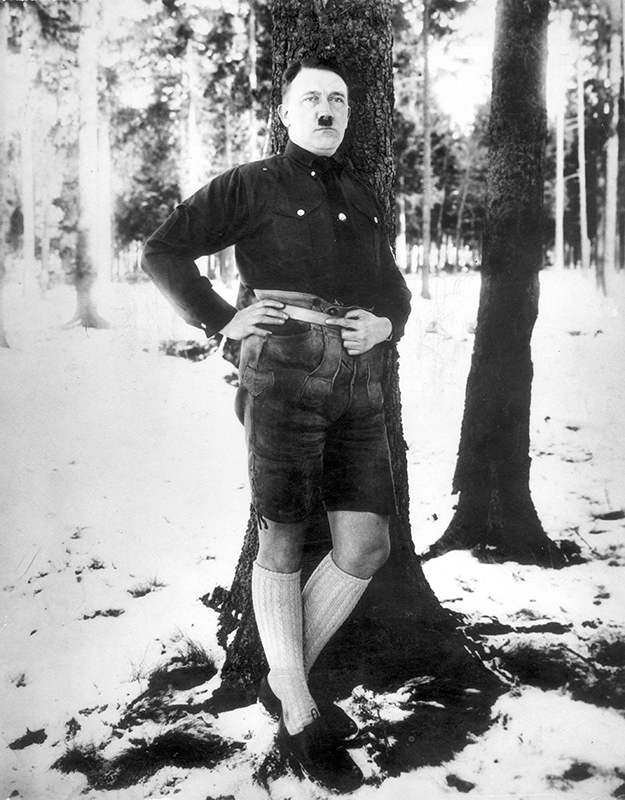
Photographer unknown. Hitler wearing lederhosen. Location unknown, 12 June 1927
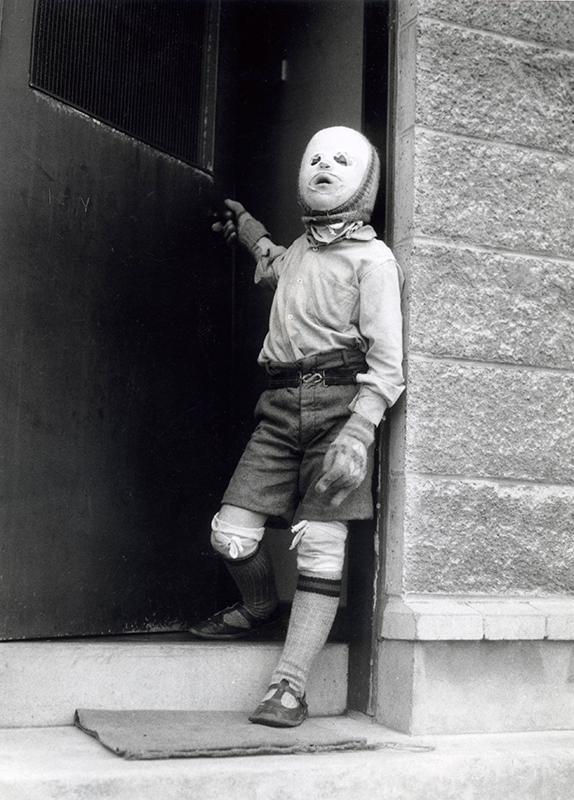
Photographer unknown. Freddie McIntosh (8) wears a mask and covers his hands and knees to protect them against the sun. An illness has made his skin extremely sensitive to daylight and sunlight. Edinburgh, Scotland, 1961
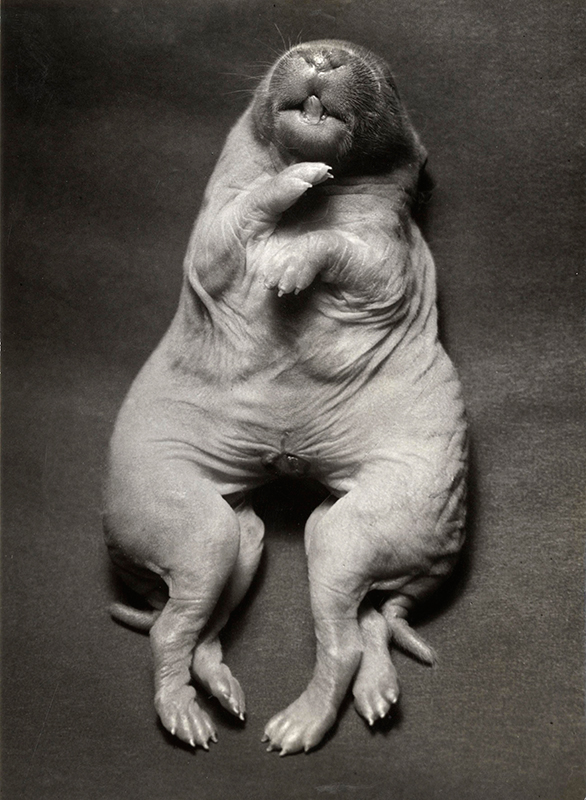
Photographer unknown. A deformed newborn rabbit with one head and two sets of hindquarters. Location unknown, 1941
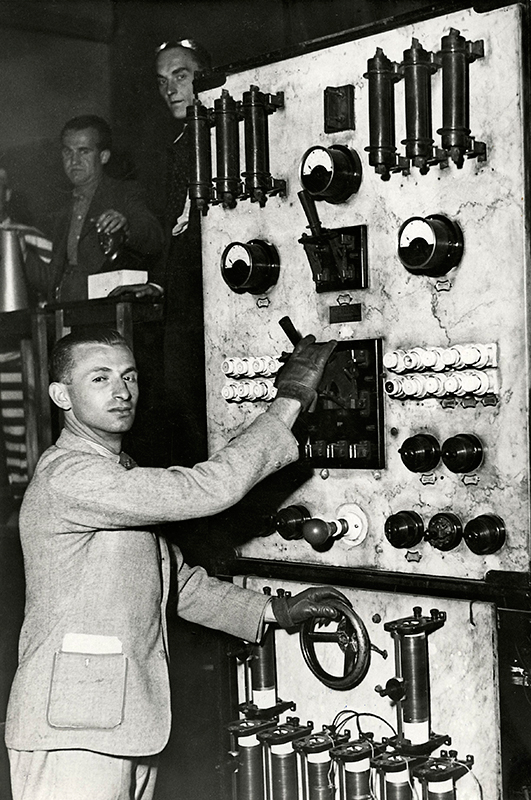
Photographer unknown. The Hungarian engineer Stephan Pribil at the control panel of the machine he invented to make objects and people invisible. Hungary, 1935
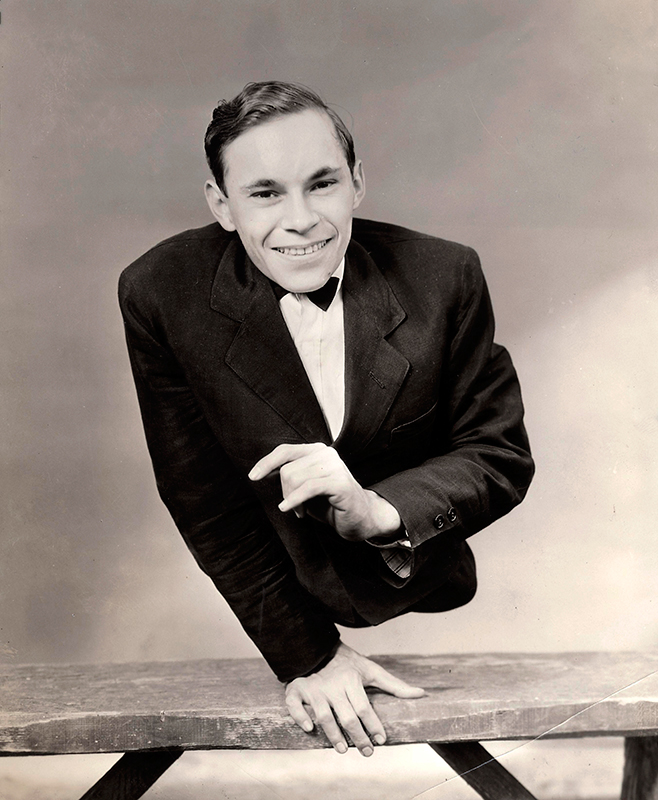
Photographer unknown. An actor and freak show artist Johnny Eck, born with a very underdeveloped lower body, in a publicity photo for Tod Browning’s cult classic Freaks, a film that caused a furore on its release in 1932.
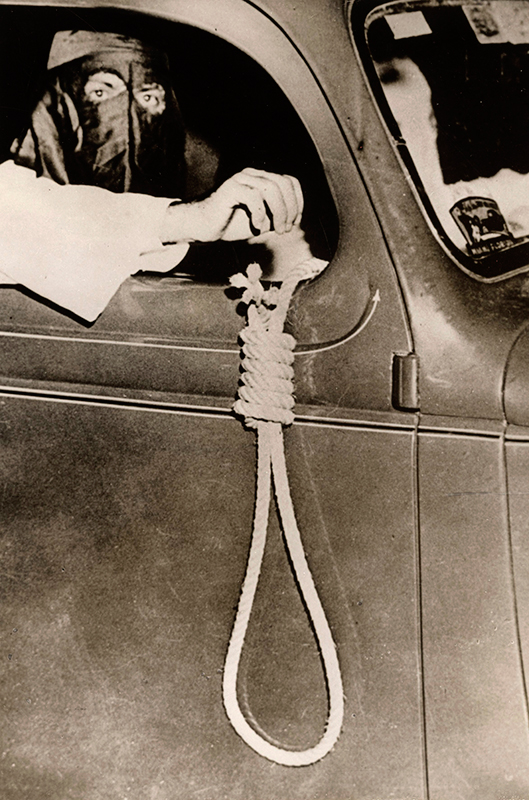
Photographer unknown. Members of the Ku Klux Klan try to discourage Black Americans from voting in council elections by driving around in masks and carrying a hangman’s noose. Miami, 1939
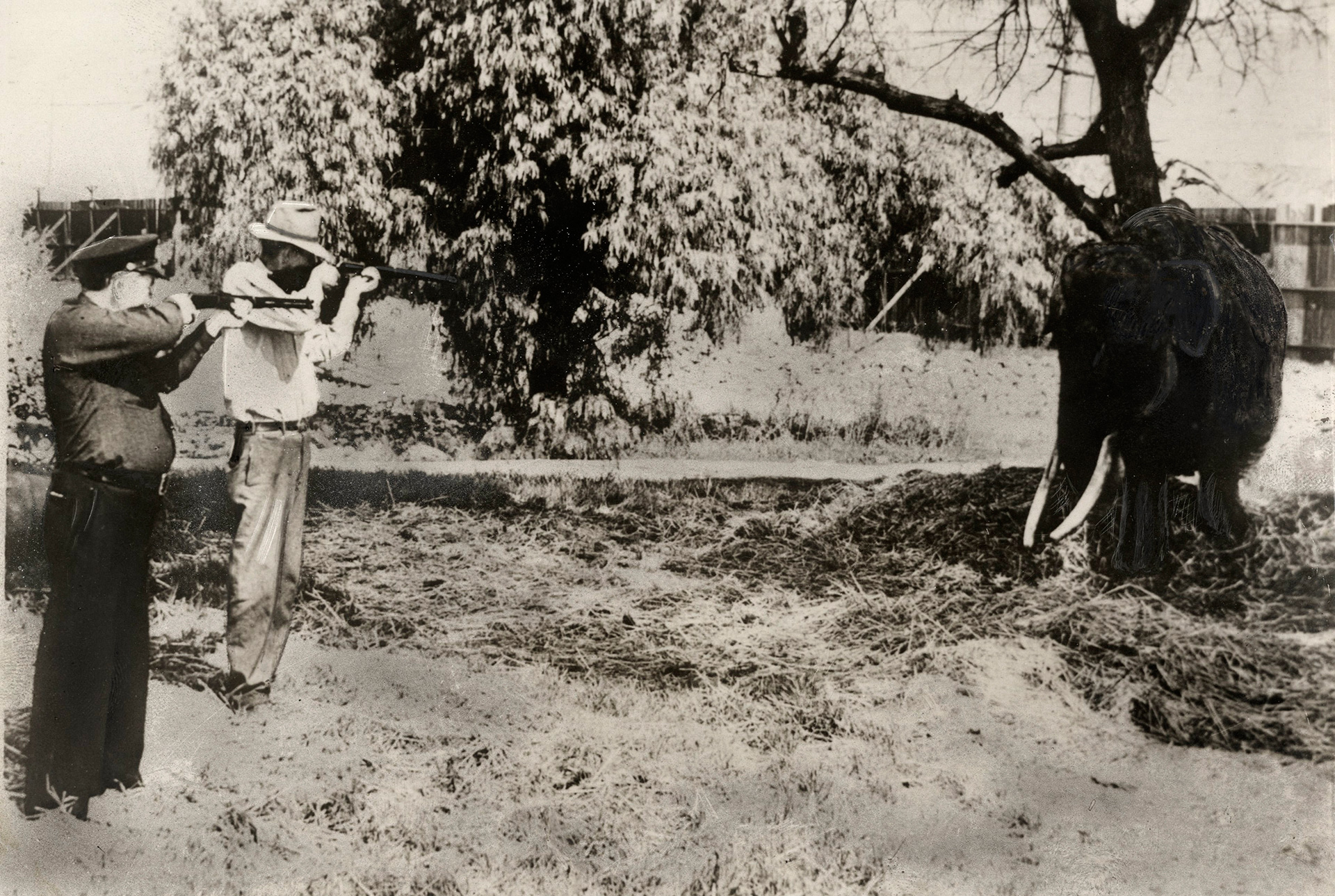
Photographer unknown. Billy the Elephant of the Los Angeles Zoo is shot dead. Older elephants can sometimes be unmanageable, making them a danger to staff and visitors at circuses and zoos. 1939
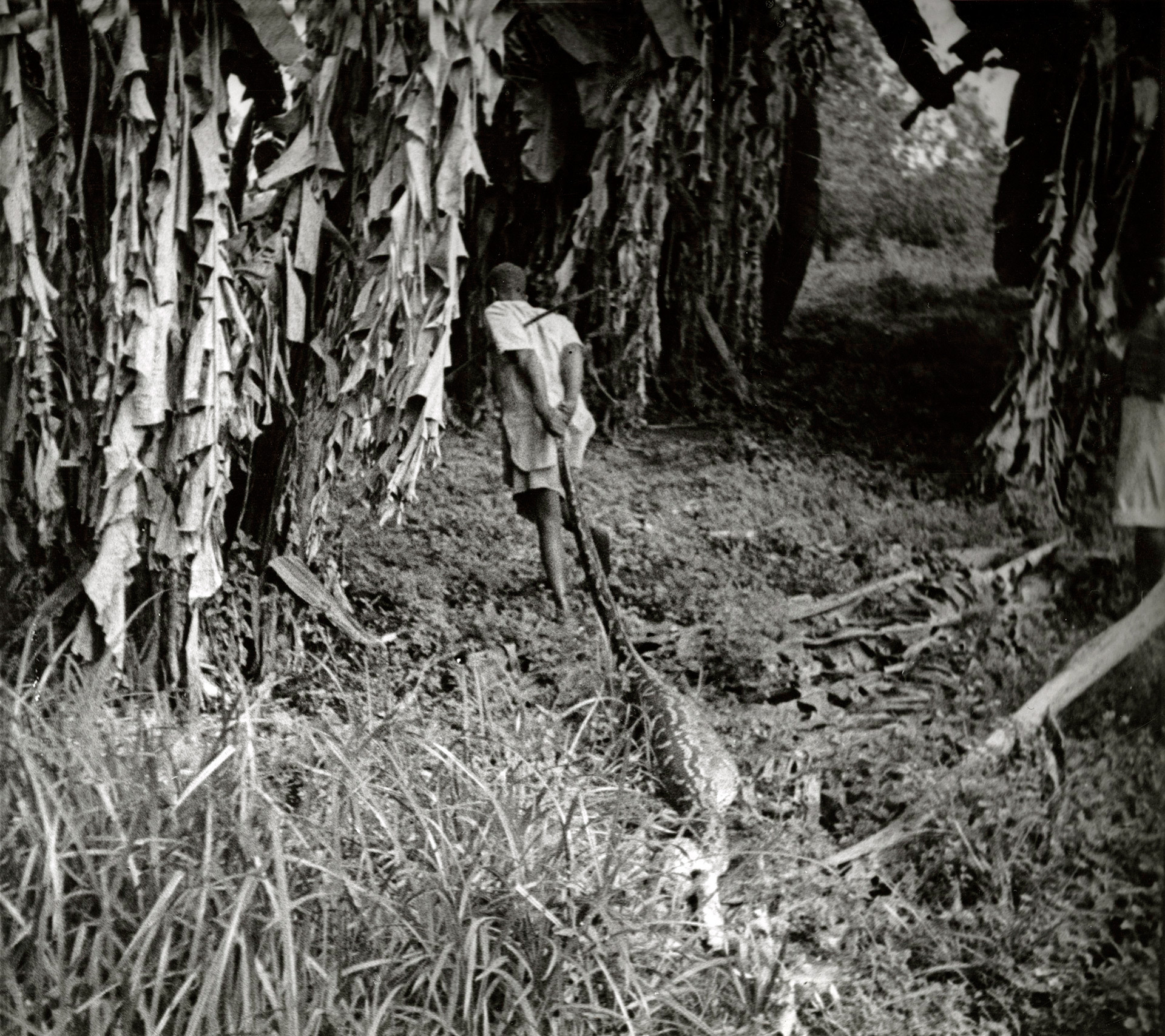
Photographer unknown. A man dragging a snake that is swollen by its recently devoured prey. Location unknown, 1941
This project changed my way of thinking about photography. It’s clear to me that nowadays we live in a period of photography where some photographers are real stars, we visit galleries and museums with their famous names all over the building and throughout the city on billboards and bus stops and train stations.
But I discovered so many really beautiful and interesting photographs of unknown photographers in the archive. Almost every picture in my book is from an unknown photographer, the picture itself was important not the maker of it. Like in the old days with so many great sculptures and paintings in churches, nobody knew their names. Pure beauty on its own, free from egos.
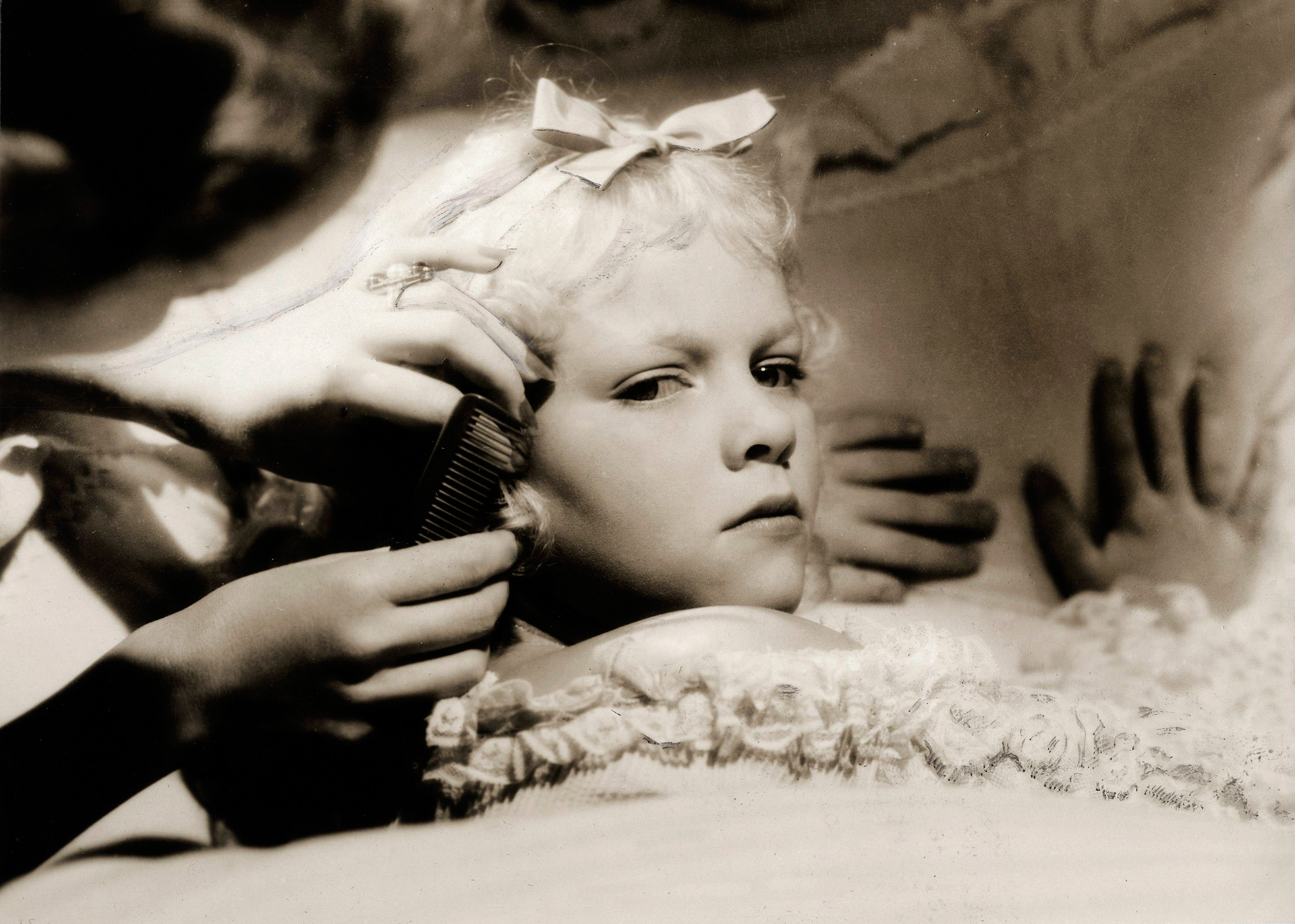
L. Gartner. Maria Riva (9), born Maria Sieber, during shoots for Josef von Sternberg’s film The Scarlet Empress, in which she appears with her mother, Marlene Dietrich. Hollywood, 1934
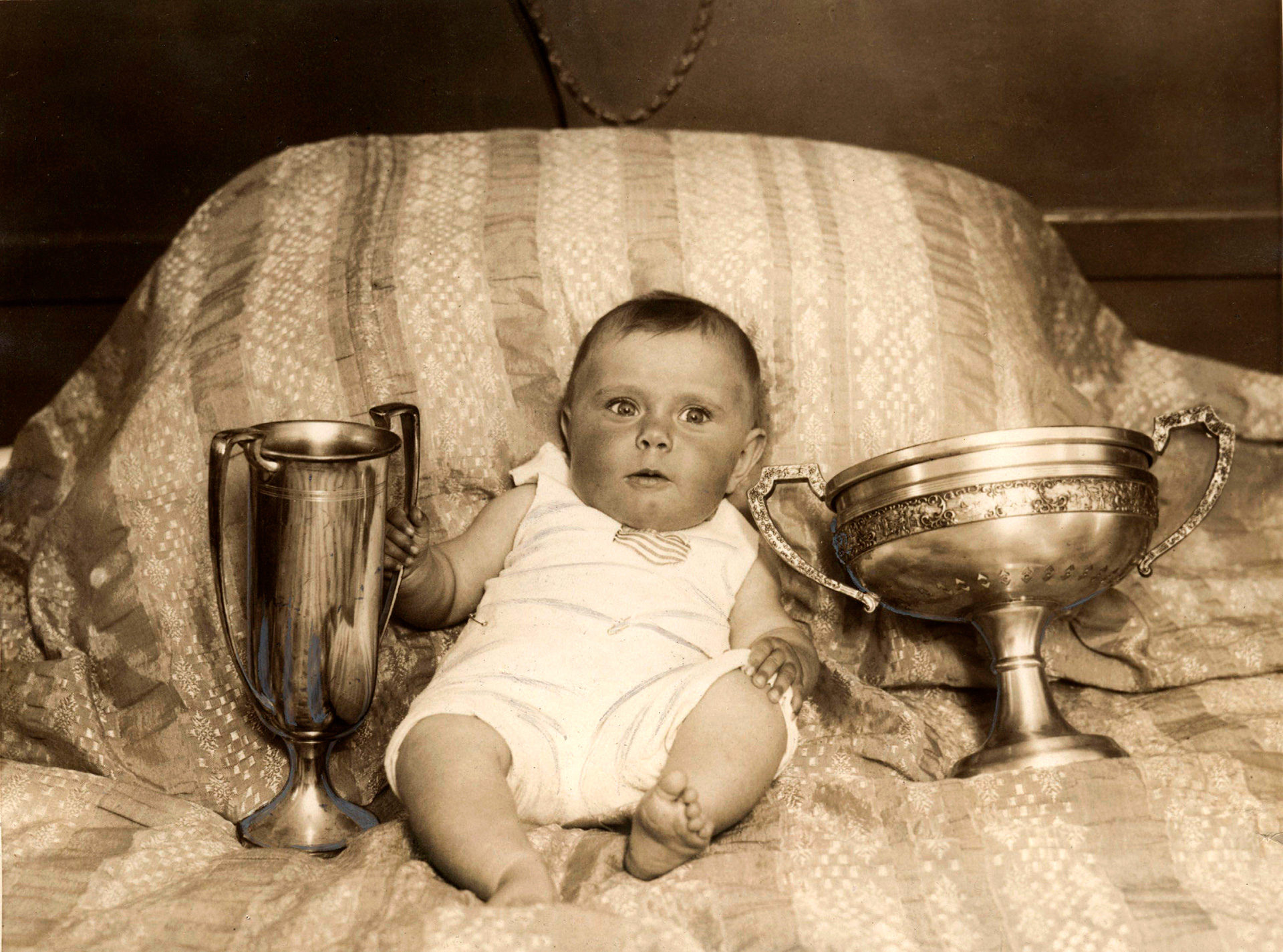
Photographer unknown. Marcia Pinkenfeld (six months) is voted the Most Beautiful Baby in America, 1927
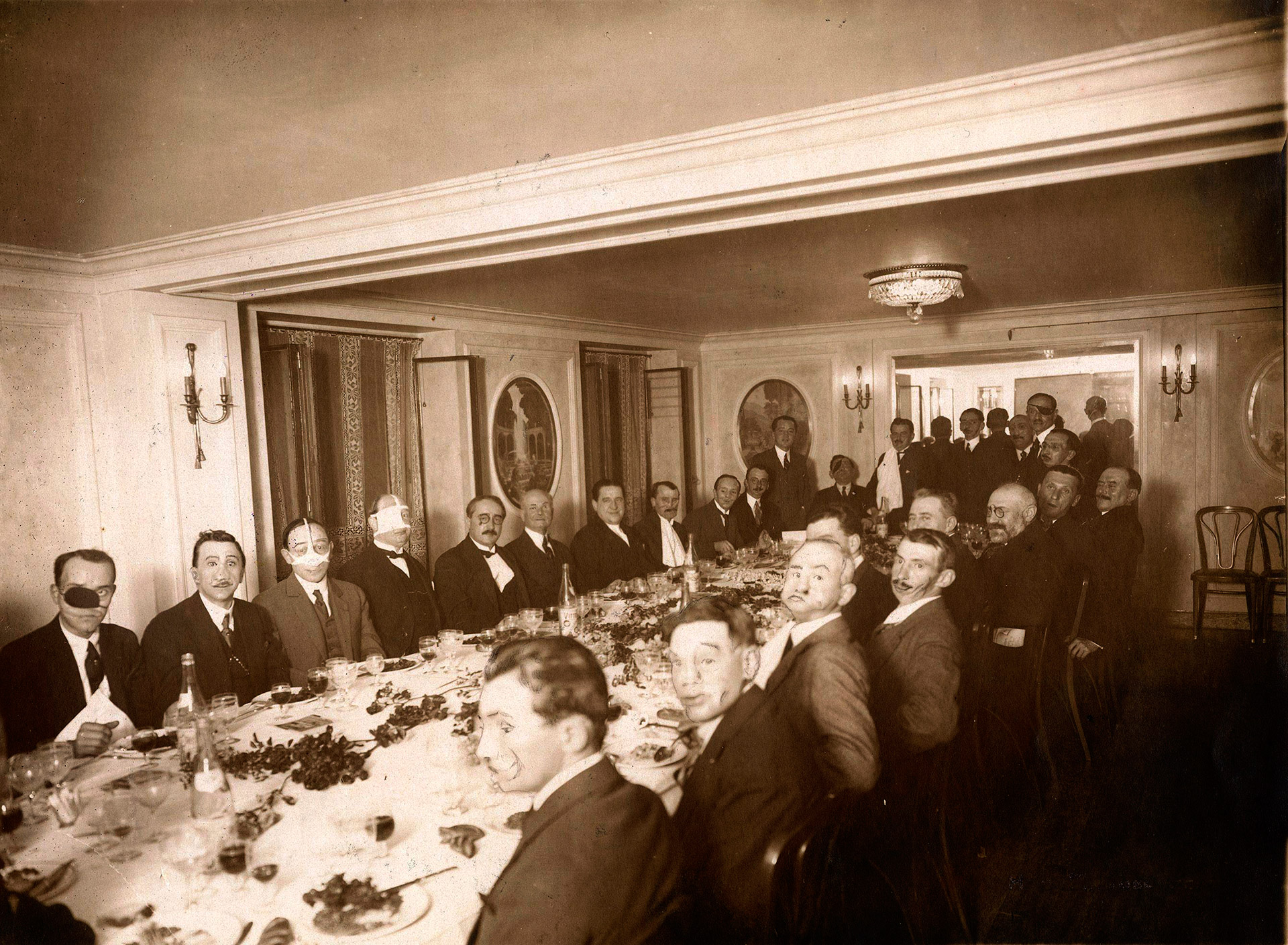
Henri Manuel (1874-1947). The ‘Banquet of the mutilated faces’: a dinner party for returning French soldiers who had been maimed in the First World War. Paris, 1925
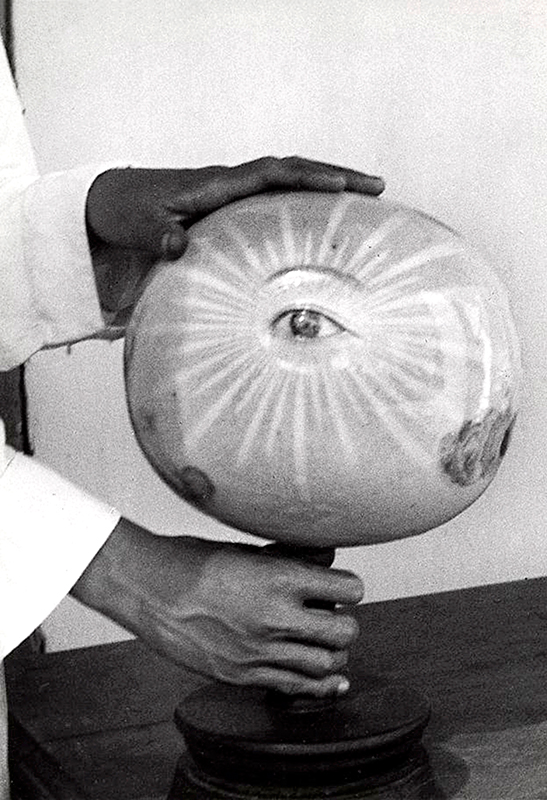
Paul Popper (1904-1977). The ‘Divine Eye’, the most important symbol of Caodaism, a religion established officially in 1926 and practised in Indochina (today’s Vietnam). Caodaism contains elements of Christianity, Buddhism, Confucianism, Taoism, and Islam. My Tho, Vietnam, 1938
